Is a small hybrid car worth building? Should manufacturers bother taking a small, light, and generally already fuel-efficient car and turning it into a hybrid? Two brands believe they should, as the Suzuki Swift Hybrid and the Toyota Yaris Hybrid go head to head in figuring out which one will win more sales.
Toyota says the Yaris Hybrid has been made with fun to provide an extremely efficient vehicle with state-of-the-art safety. The Suzuki Swift Hybrid is labelled by the company as New Zealand’s most affordable hybrid vehicle.
It’s been really interesting driving these back to back and seeing the differences while also noticing their similarities. Toyota sent us the top-spec Yaris ZR, and Suzuki sent us their top-spec Swift Hybrid Limited, so this comparison test couldn’t be much more equal.
How will Suzuki’s first attempt at a hybrid compare with Toyota’s Yaris, when that company has decades of experience building hybrids?

What’s In The 2020 Suzuki Swift Hybrid Range?
The Suzuki Swift Hybrid comes in two models, the GLX and the LTD (tested). Both run a 4-cylinder, 1.2-litre petrol motor that puts out 61kW of power and 107Nm of torque. The transmission is a CVT on both models. The Swift Hybrid is New Zealand’s cheapest hybrid vehicle, with the GLX model priced at $26,500 and the LTD at $28,500.

As standard, the GLX Swift Hybrid comes with a 7” touchscreen, a 4-speaker audio system, Apple CarPlay/Android Auto functionality, remote entry, a leather steering wheel, front electric windows, privacy glass, 16” alloy wheels, LED projector headlights with auto levelling and auto on, LED DRLs, front and rear fog lamps, electrically adjustable and heated exterior mirrors, adaptive cruise control, radar brake support, a reversing camera, speed limiter, and hill start assist. That’s a lot of standard equipment for a budget car, and having adaptive cruise control at this price level is awesome. Some euros at over $90,000 do not have adaptive cruise as standard, so full marks to Suzuki for making this happen.
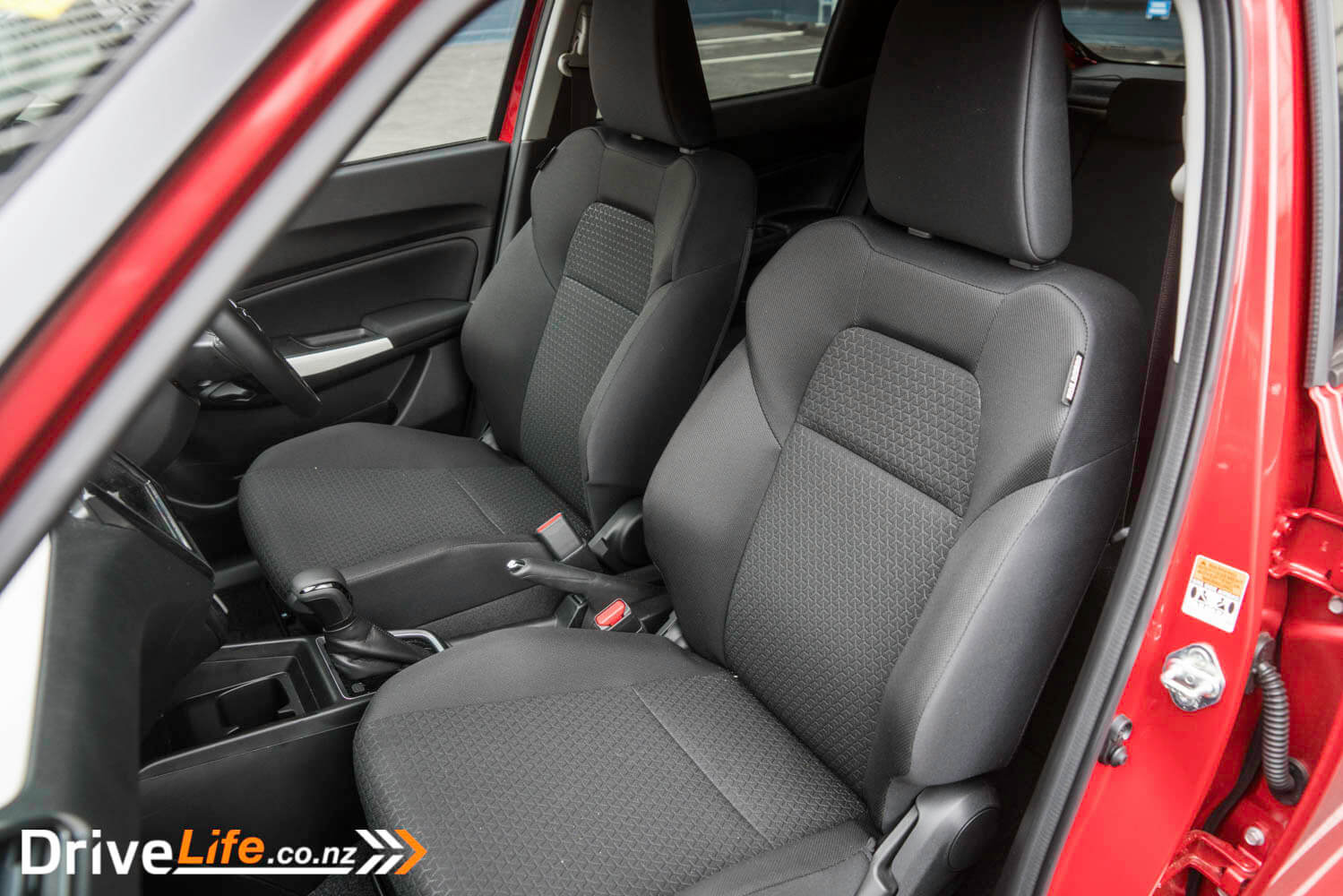
The LTD Swift Hybrid ups the equipment levels, adding a 4.2” driver’s information display, blind spot monitoring, lane departure warning, auto high beams, rear parking sensors, rear cross traffic alert, and a weaving alert, as well as some other trim changes.
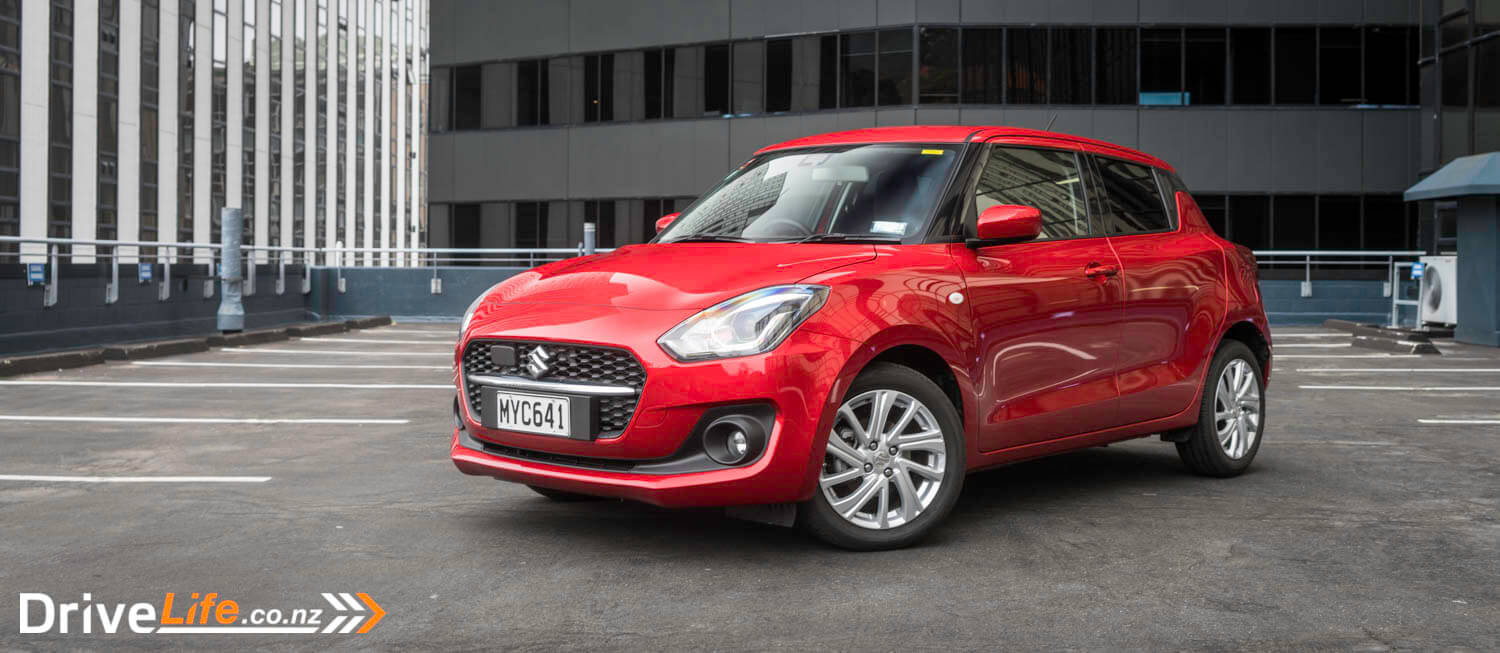
What’s In The 2020 Toyota Yaris Hybrid Range?
The Yaris Hybrid also comes in two models, the GX and the ZR (tested). Both cars run the same powertrain and transmission; a 1.5-litre, 3-cylinder petrol engine, with a CVT transmission. This motor manages 67kW of power and 120Nm of torque. Combined output to include electric assistance is 85kW of power. The GX is priced at $27,990 and the LTD is $32,990.
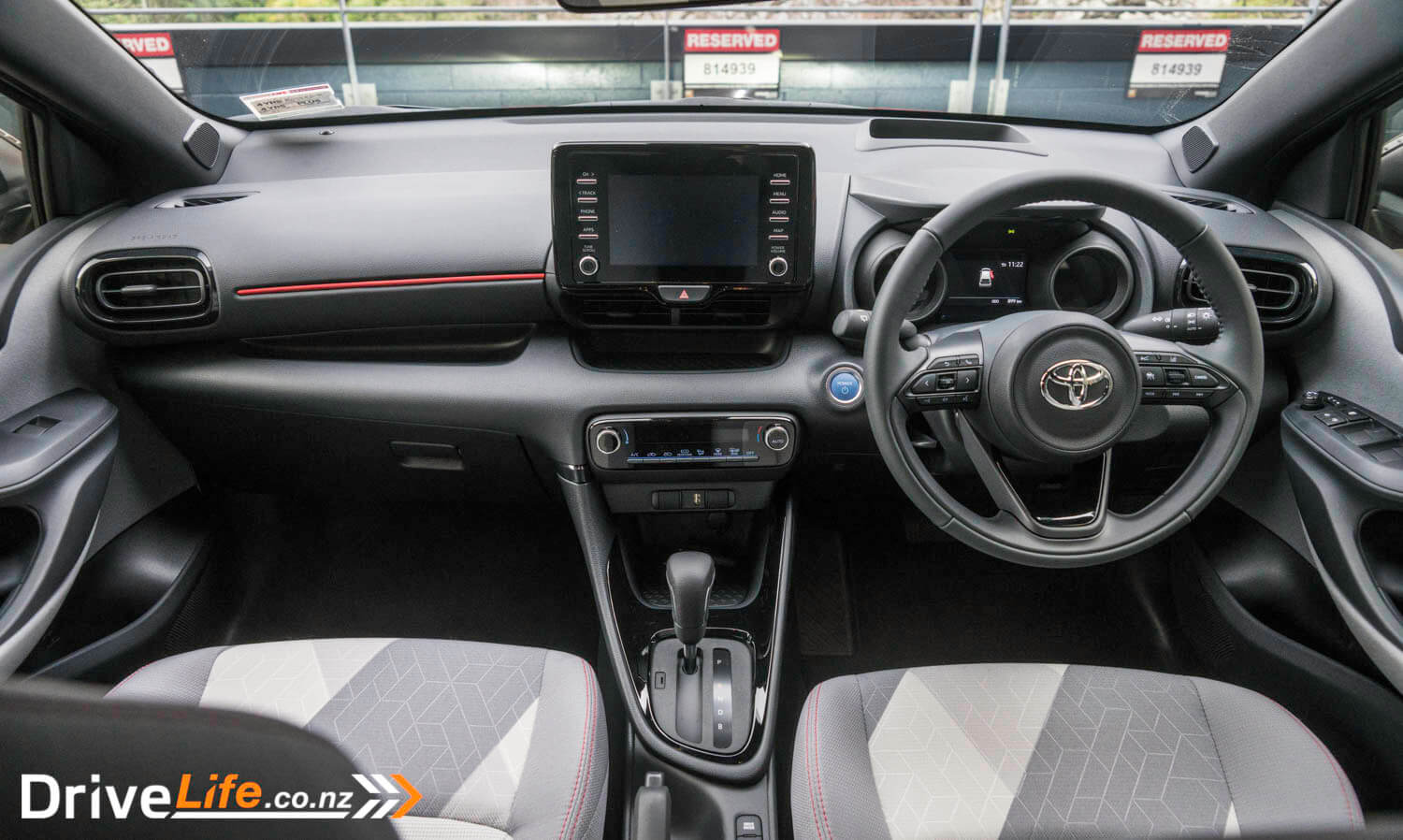
The GX has as standard 16” alloy wheels, Toyota Safety Sense (which includes pre collision system Lane Tracing Assist, Lane Departure Alert, Lane Centering Function, adaptive cruise control, Road Sign Assist, automatic high beams, Steering Assist Function and Vehicle Sway Warning), reversing camera with dynamic guidelines, 6-speaker audio, hill start assist, Apple CarPlay and Android Auto capability, a 7” touchscreen, a 4.2” driver’s information display, climate AC, all windows auto up/down, LED tail and stop lights, and electric folding mirrors.
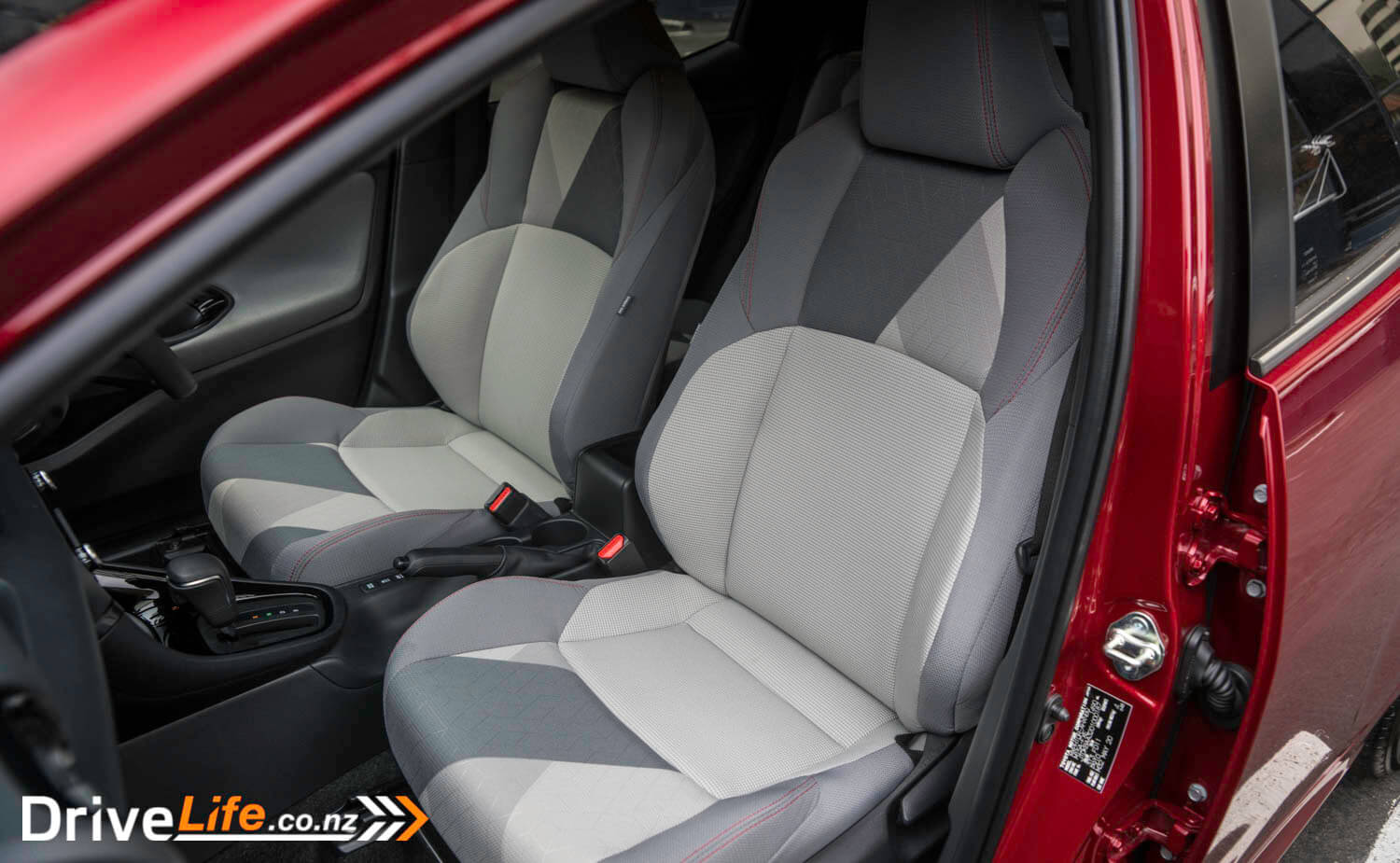
For your extra $5,000, the LTD adds on blind-spot monitoring, front & rear parking sensors, push-button start, Smart Keys, SatNav with Suna Traffic Updates, heads-up display, LED headlights, LED indicators, and electrically heated mirrors, among other trim changes.

You can read more about the Suzuki Swift Hybrid on Suzuki New Zealand’s website, and more on the Toyota Yaris Hybrid on Toyota New Zealand’s website.
First impressions Of The 2020 Toyota Yaris Hybrid And Suzuki Swift Hybrid
It’s a perception that Suzuki Swifts are everywhere, and with good reason: they seem to be everywhere. The Suzuki Swift Hybrid has a sense of their classic shape, but nothing too surprisingly new – besides it looking like it has been stung by a bee in certain places. The front is what I feel stands out with the lights curving into the middle, as I find it complements the rest of the Swift’s shape. The red colour of our test car helps it stand out; It’s beautifully wrapped, giving it a nice shine when it glides past. Still, it’s the same all over as every other current model Suzuki Swift, and that’s not a bad thing.
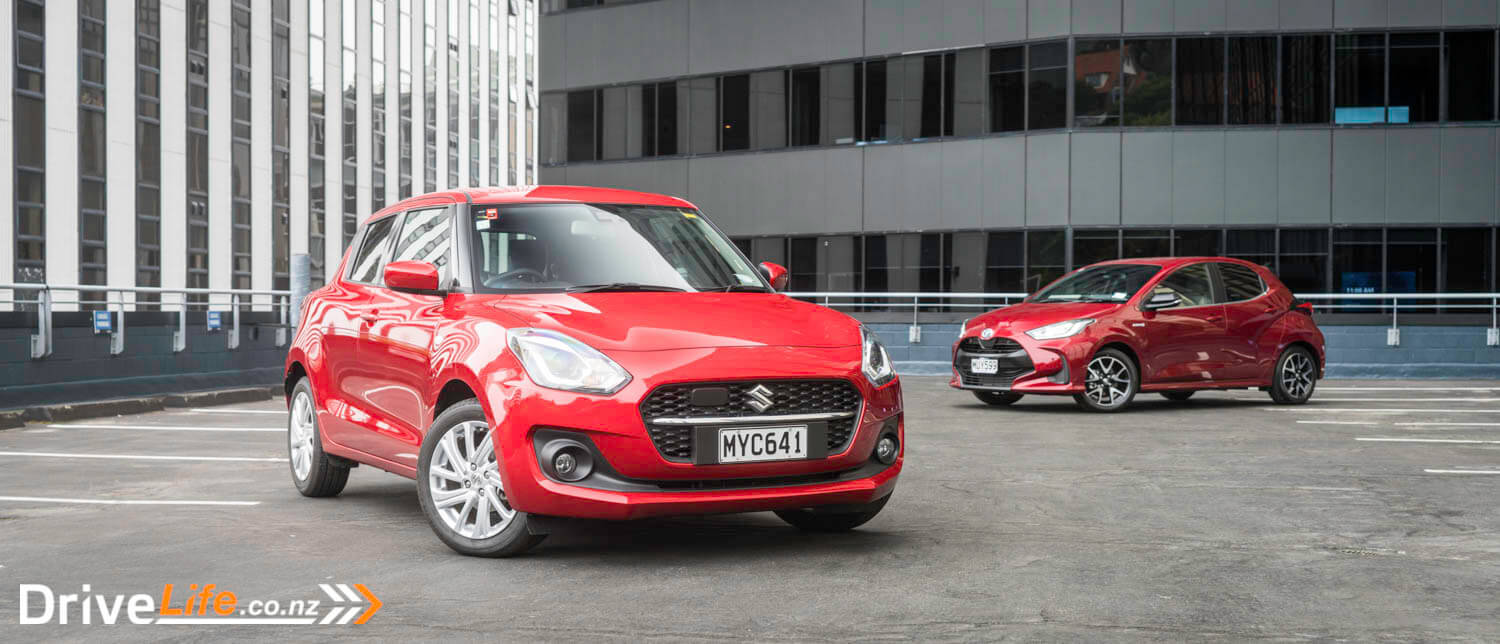
The Yaris Hybrid (for our test, conveniently almost the same colour as the Suzuki) holds an angled kind of design. It almost looks like more of a speedy racer car than a hybrid, but nonetheless it was different. It had a black strip on the back which gave it something different, and also the rims were grey and black which I really like.
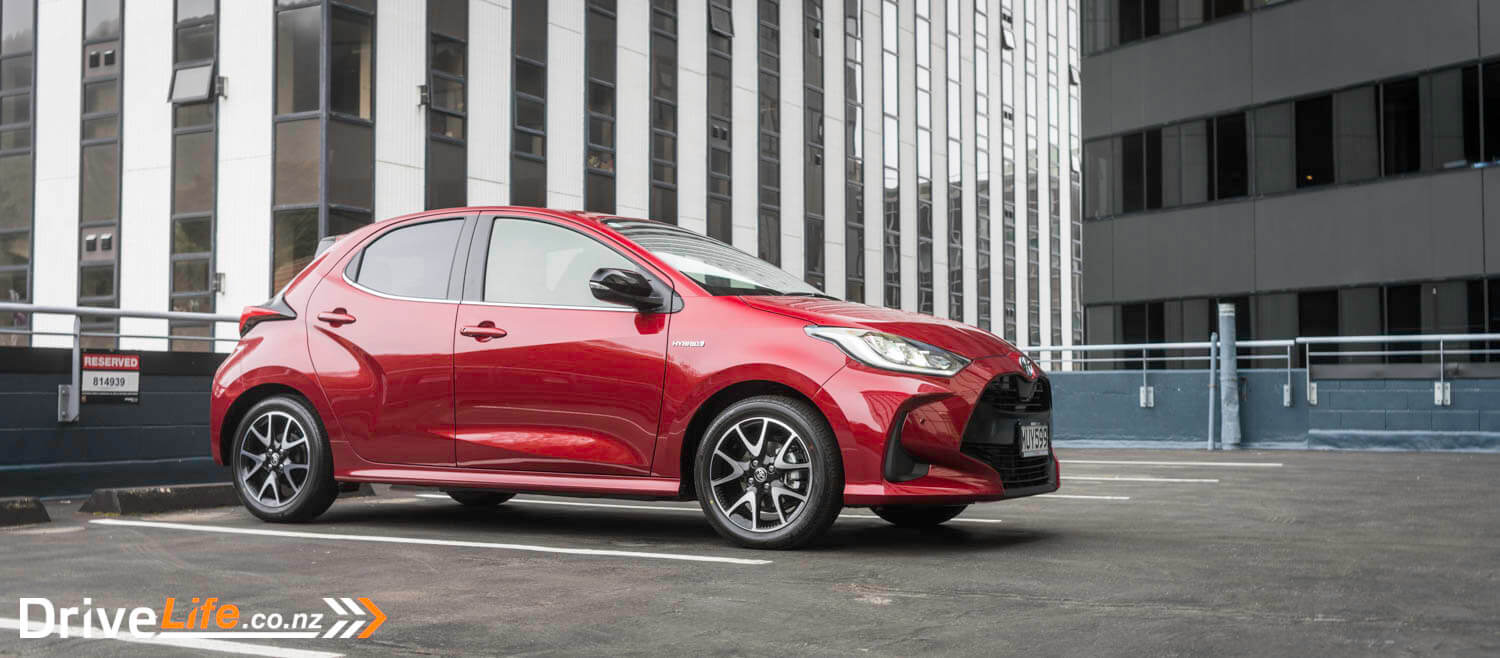
Who wins on the design front? The Swift looks classy, while the Yaris looks modern. Which is best is down to the buyer, but I preferred the Yaris; side by side, the Swift is starting to look a bit dated.
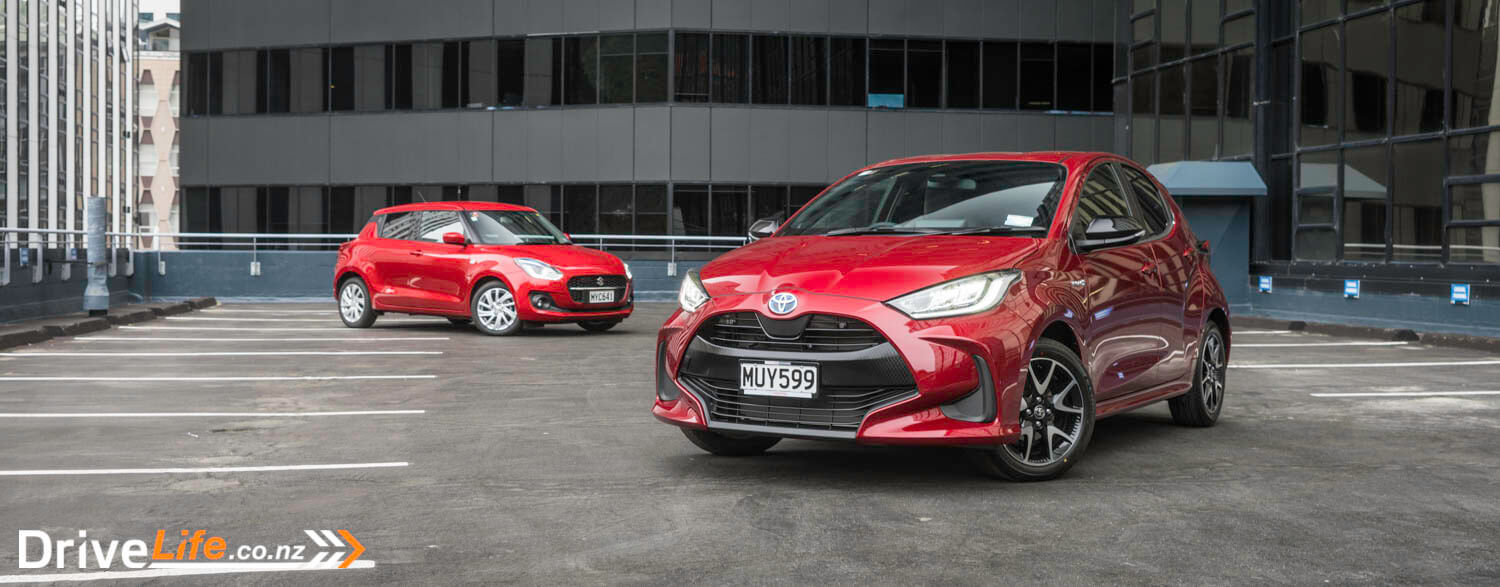
What’s The Inside Of The 2020 Toyota Yaris Hybrid And Suzuki Swift Hybrid Like?
I was surprised at how much I liked the interiors in both the Suzuki and Toyota. Nothing bland or boring, but both were bright and looked classy, for cheaper cars.
Starting with the Suzuki, boot space was decently large for a small car which might explain why they don’t provide a space saver, which is replaced by a tool kit instead. The boot can hold 265 litres of stuff.
Back seat space too was excellent, as we got John from DriveLife (who is 6ft 7”) to sit in the back, and he sat comfortably there. He mentioned that he had more leg and headroom in the Swift than he had in some other, larger cars. That’s really saying something. The rear doors on the Swift open wide, which helps for those taller people to get in or out.
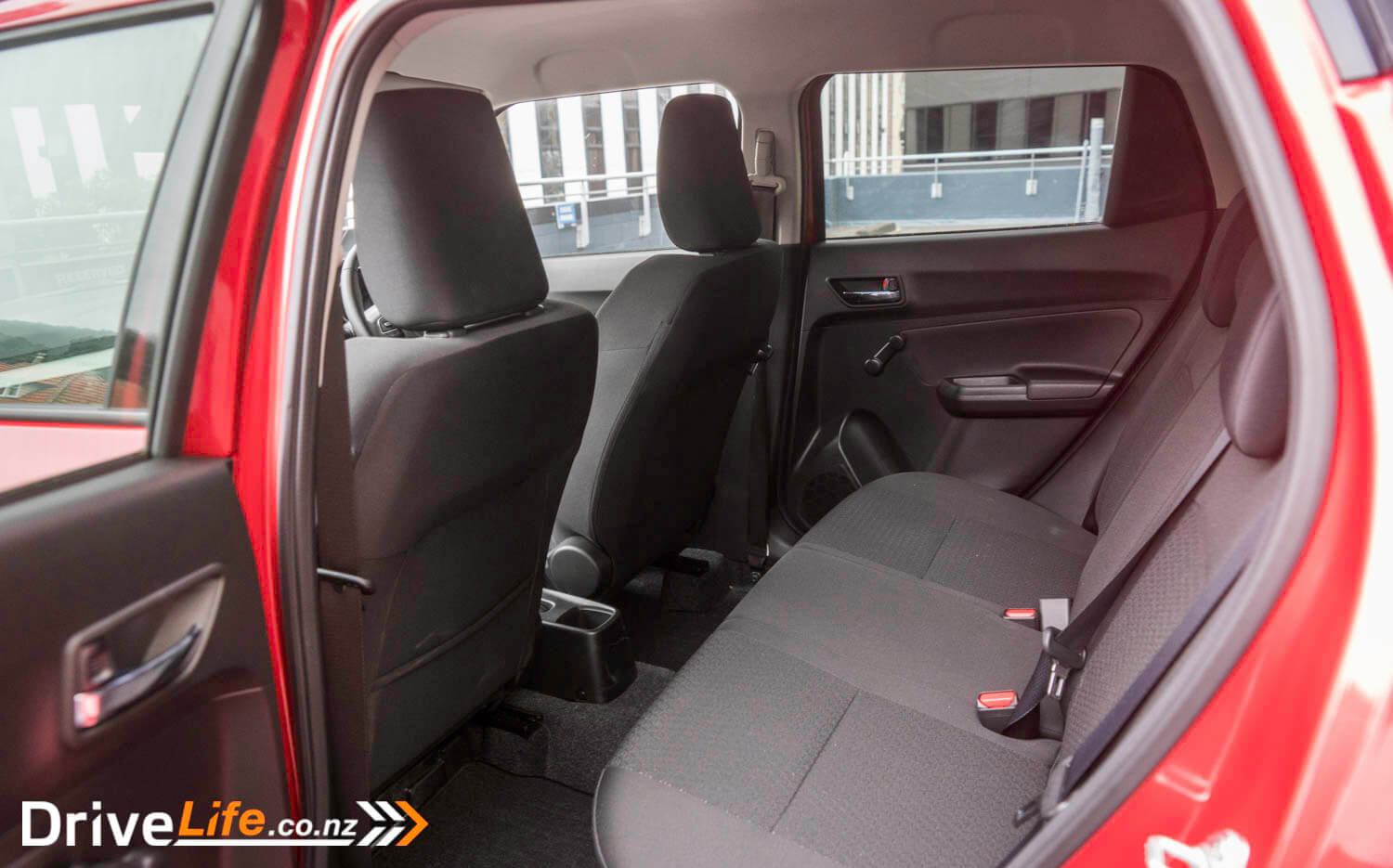
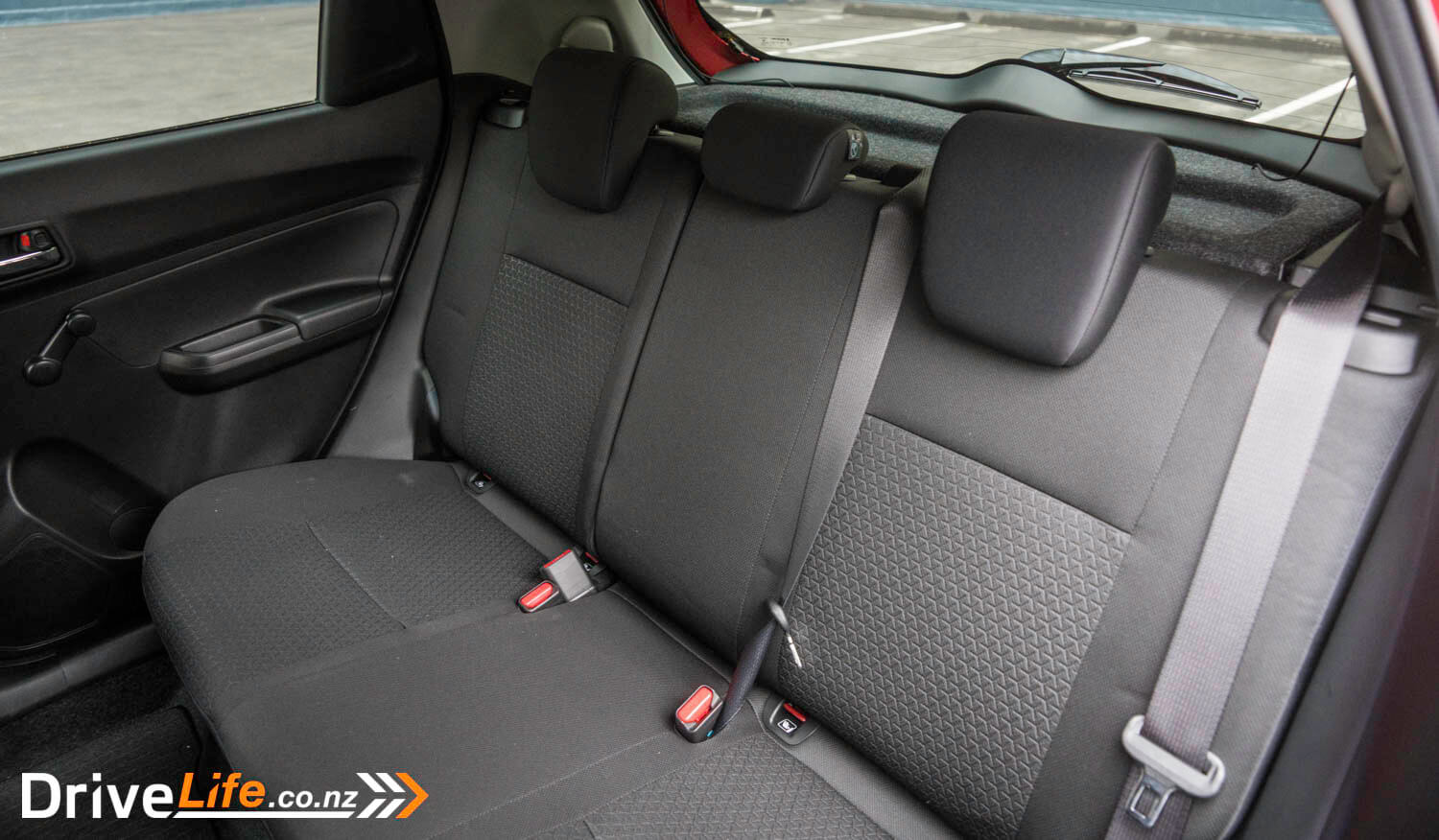
In the front of the Swift, there’s some white detailing across the dashboard that gave a nice popping detail. Nothing felt cheap inside or too plasticky, which you might expect from a budget car. Even the dials for air conditioning felt firm and solid, like it wasn’t going to break off from your touch. One of the features that I would say felt like it didn’t belong was the centre screen. I think the size was right as it suited the car’s size well, but the look and feel of it didn’t work for me. Even playing around with the screen functions like Bluetooth, settings, volume etc felt like an old Windows desktop screen. It wasn’t hard locating the radio or going through settings, but I feel the overall look could be more modernised.
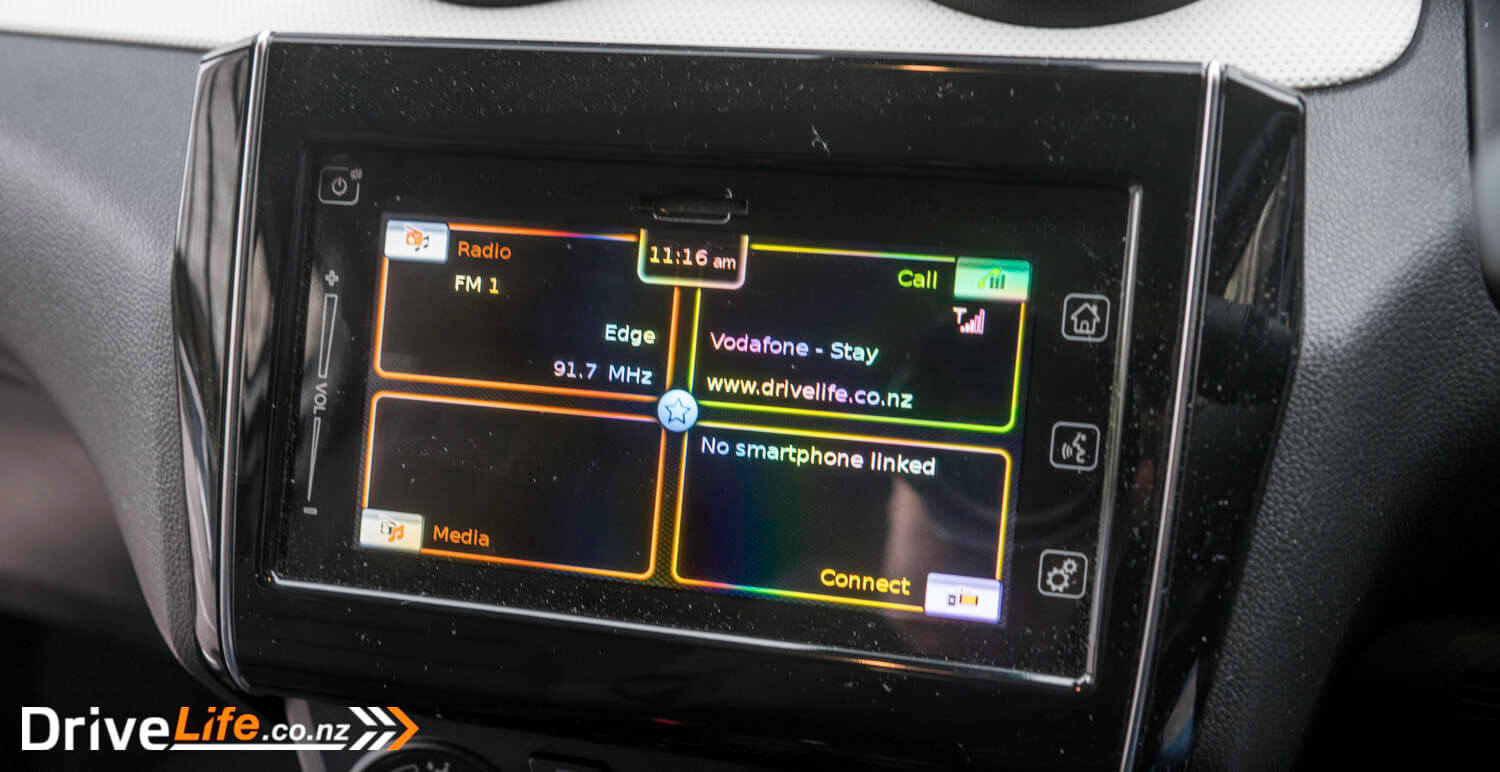
The controls on the Suzuki steering wheel didn’t cater to me as much as I would’ve liked. The buttons for answering calls and talking to the system were under the steering wheel, which made it difficult to get to – especially in a short amount of time when trying to answer a phone call. It would’ve been more beneficial and convenient if they were on the steering wheel, rather than put down on the side, or at least putting less-used buttons behind the wheel. The other buttons on the wheel were sound, skip for songs/stations, cruise control, lane control and mute.
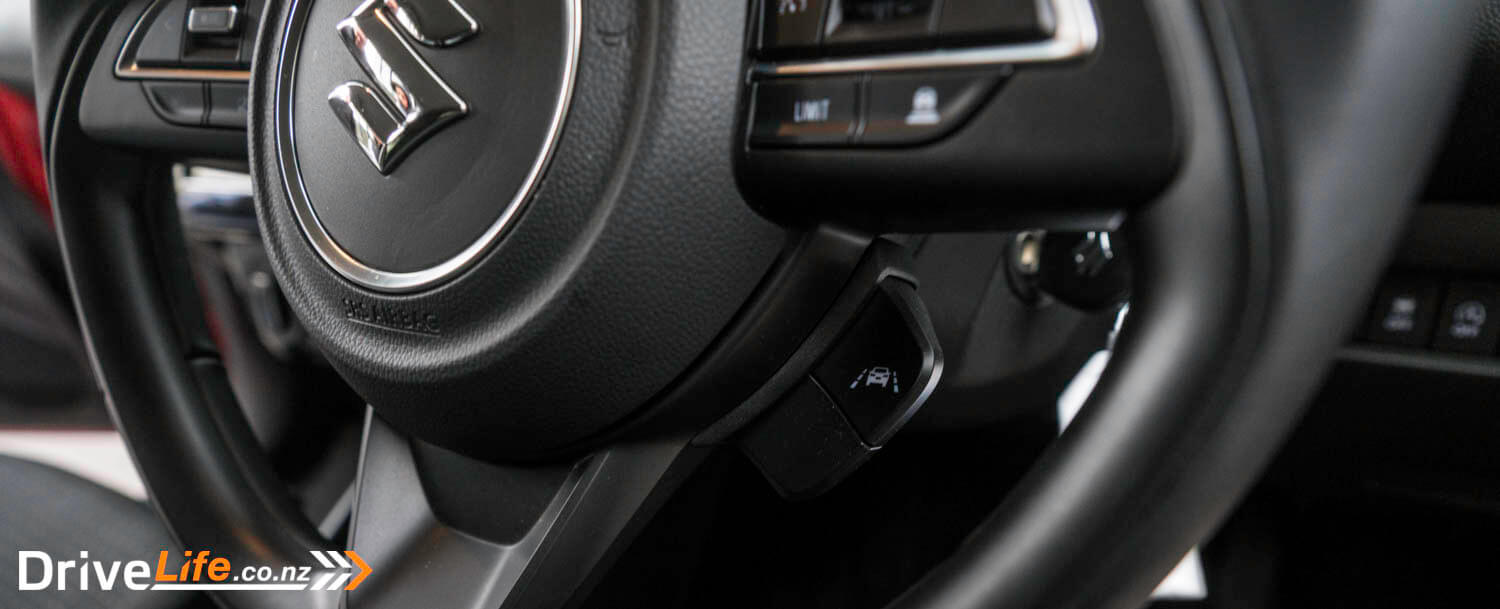
For storage in the Swift you have a little tray under the centre controls, with cup holders that couldn’t fit two large drinks without clashing against each other. There is storage space by the hand brake and a decently-sized passenger cubby.
When I first saw the Yaris I liked how small it was, but how big it felt on the inside. Toyota definitely made sure you have storage and space to put your things. The boot gives you enough room for probably a few large suitcases and even has an extra layer underneath the floor before the spot for the space-saver spare. At 270 litres, the Yaris boot is bigger than a Corolla.
The front of the Yaris was sleek and organised, but there was something I felt ruined a little bit of the look; This was the top-spec Yaris I was testing, and yet there were quite a few switch blanks, and that seemed odd. I also found there was a delay when using the air con controls, before something actually started working. Not a major, but a bit weird.
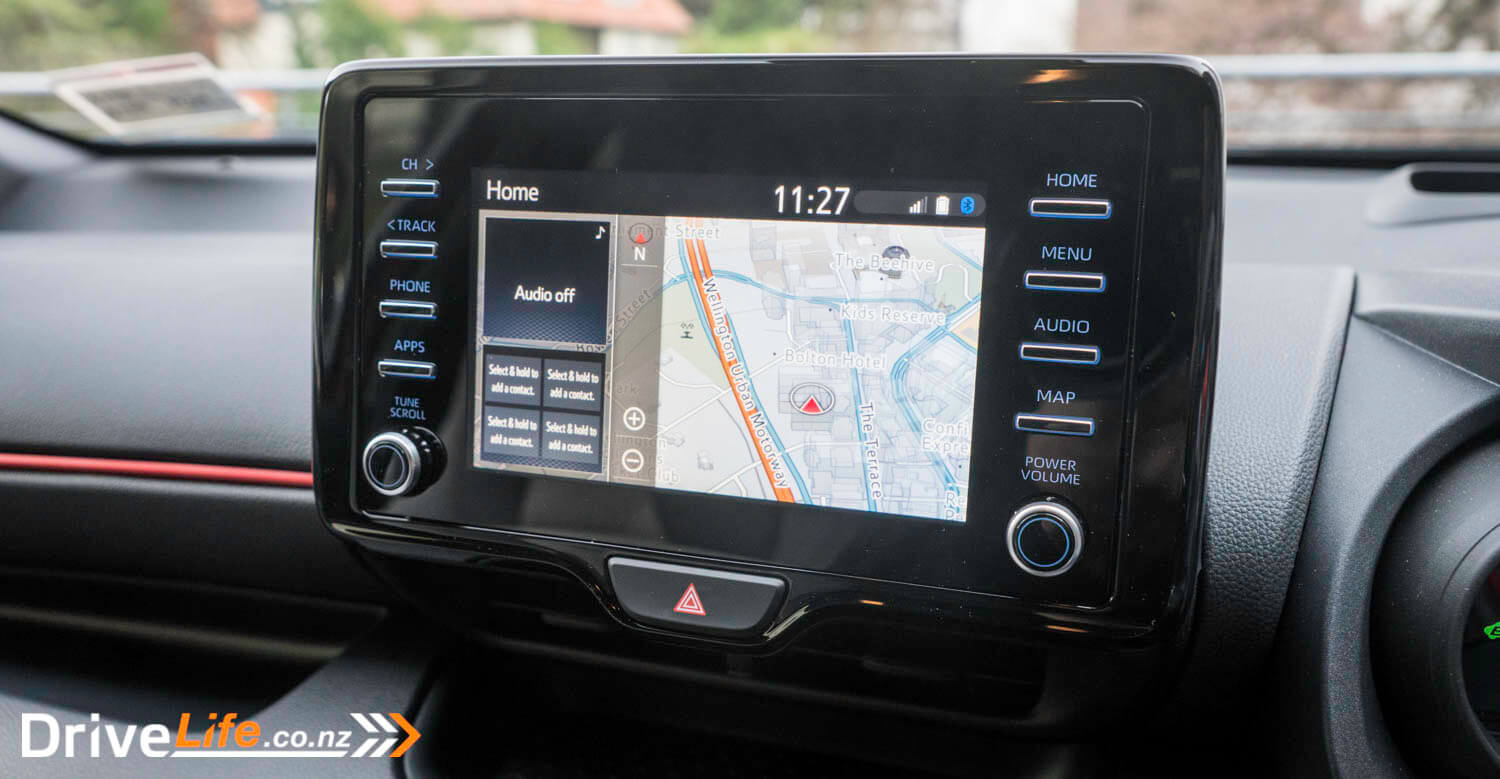
Still in the Yaris, I liked how easy it was to navigate around the screens on the dashboard. With the dashboard behind the steering wheel, I usually struggle a lot to understand and use the functions. I was so surprised when I actually knew what to do because Toyota makes it so easy and clear. Some of the screens you could choose included Eco mode where it showed you when it was charging, when Eco turned off etc. I basically used this one the whole time.

I’ve never really driven a car for a long period of time with a heads-up display (HUD) but I wished my car had one. The Yaris ZR has one, and it was so useful and much safer too than looking down at the dials. On the HUD, you can personalise it to suit what you want to see, such as speed, drive mode, lane control, navigation etc. When you change songs, the title and artist will pop up on the screen and even when you are using navigation, the next direction pops up on the display. The HUD definitely grew on me and made driving this car feel safer and more comfortable. I really missed having a HUD when switching to the Swift Hybrid.
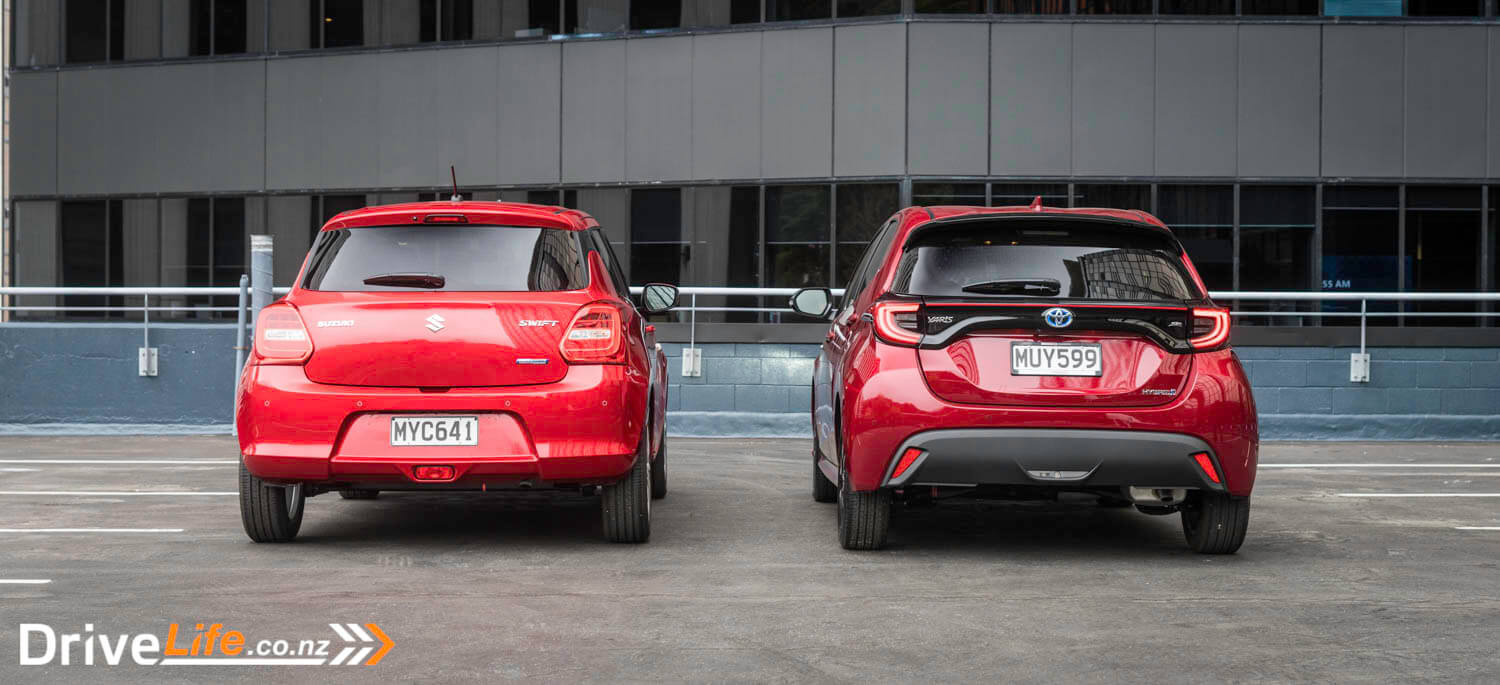
The Hybrid Systems
Briefly, the Swift’s hybrid battery capacity is 10Ah (12-volt), and uses a ‘mild hybrid system’ they call Integrated Starter Generator (ISG). This means the Swift Hybrid uses a 12-volt electric motor to assist the petrol engine via a drive belt. There’s four occasions where the ISG will kick in;
1: When the car is stopped, electrics will run on the ISG
2: When you go to move off, the ISG will function as a starter motor
3: When accelerating, the ISG assists the engine
4: When braking, the ISG uses that energy to charge the batteries.
The ISG system adds 50Nm of torque, says Suzuki.
YARIS
The Yaris is more of a ‘real’ hybrid, and isn’t any sort of a mild hybrid like the Swift. It builds on the same technology that’s powered the Prius for decades, although Toyota declares it ‘downsized’. Amazingly, it has an even smaller (144-volt) battery than the Swift, at just 5.3Ah, either assisting the petrol engine, or driving the car in EV mode, as long as you have enough charge in the battery.
What Does The 2020 Toyota Yaris Hybrid And Suzuki Swift Hybrid Drive Like?
I was so excited to finally review a hybrid car. Part electric, part petrol. Quietness. That whirring sound when you take off. So, when I first picked up the Suzuki Swift Hybrid, I was confused when I drove off and didn’t hear that whirring sound. All I could hear was the engine running for the full 45-minutes driving home. I thought they had given me the wrong car. But once I looked more into it, I found out that this Suzuki Swift Hybrid is on the lowest spectrum of the hybrid cars. Not going to lie, I was a little disappointed, but at least I knew I wasn’t driving the car wrong or not pressing the right button. Suzuki does call it a mild hybrid (or parallel hybrid) but still, it’s proudly announced as New Zealand’s cheapest hybrid. I’m not sure you can have it both ways, and I wonder if it’s going to water down people’s views of a hybrid over all hybrid models available.
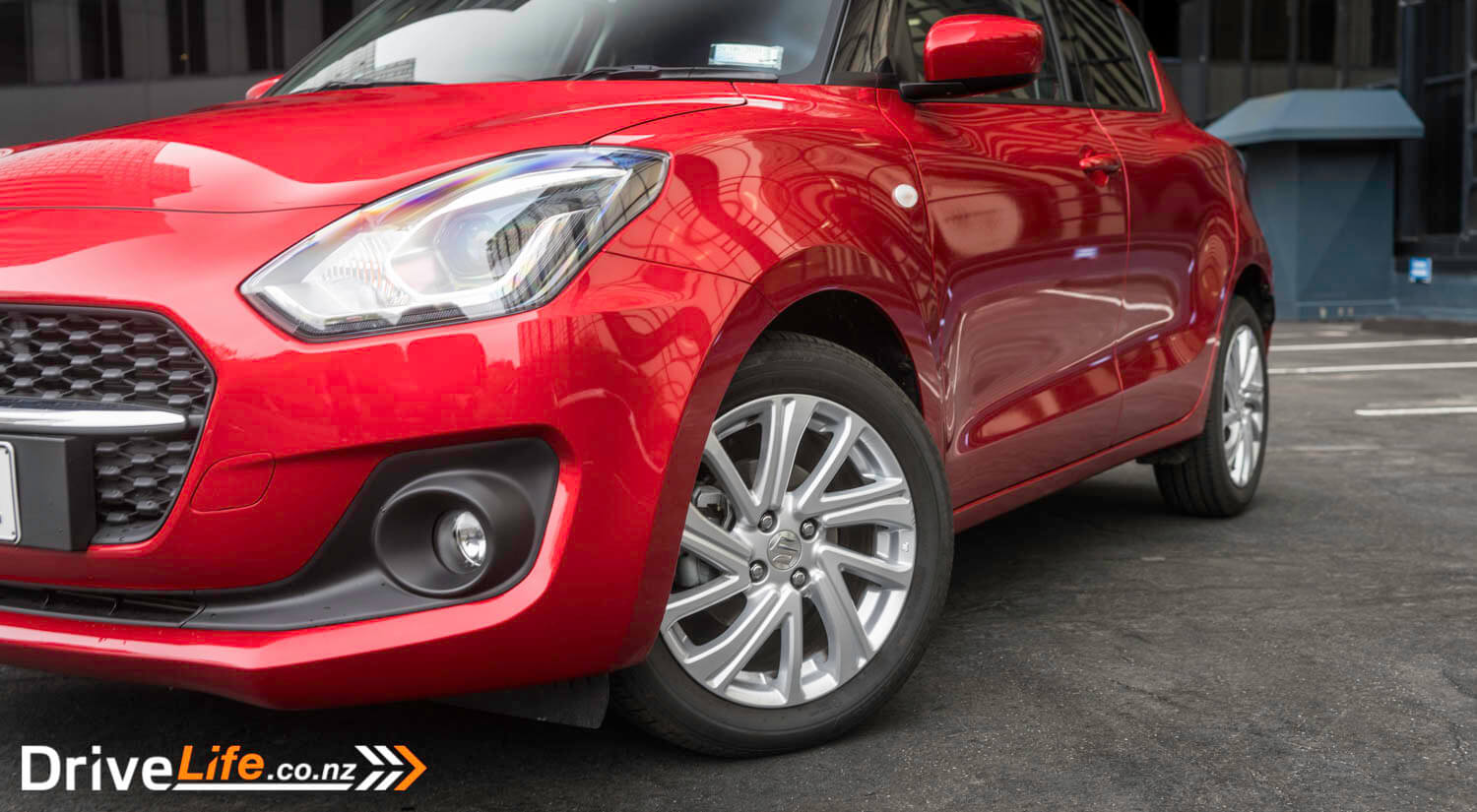
Therefore, almost the only time you actually hear the engine turn off is when you stop, or sometimes going down a hill. The battery of the Suzuki is under the passenger seat and it looks tiny, like something that would power a small moped rather than a car. There’s no control over the hybrid or electric vehicle (EV) side of things either; there’s no button to force the Swift into hybrid mode, you just drive it. That’s great for drivers who might be confused about getting behind the wheel of a hybrid, but it does show that to me that the Swift Hybrid is definitely a mild hybrid.
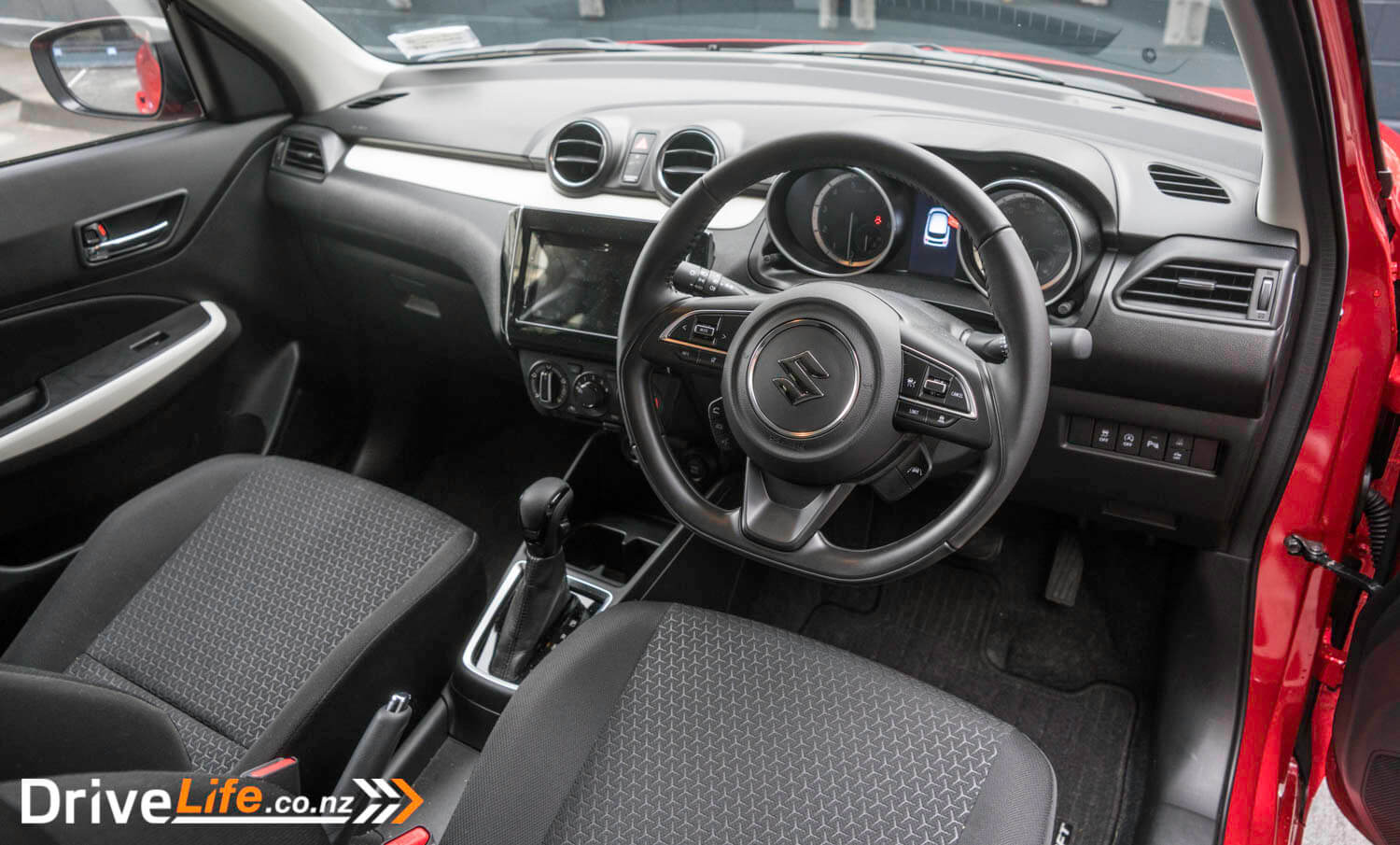
In the Swift, you do have blind spot monitoring on the side mirrors. I find with other cars the light is either so bright or too dull. This one was just right, and it picked up cars coming up on my blind spot quite early – perhaps almost 50 metres away. I found this quite useful as you can never be too prepared when driving.
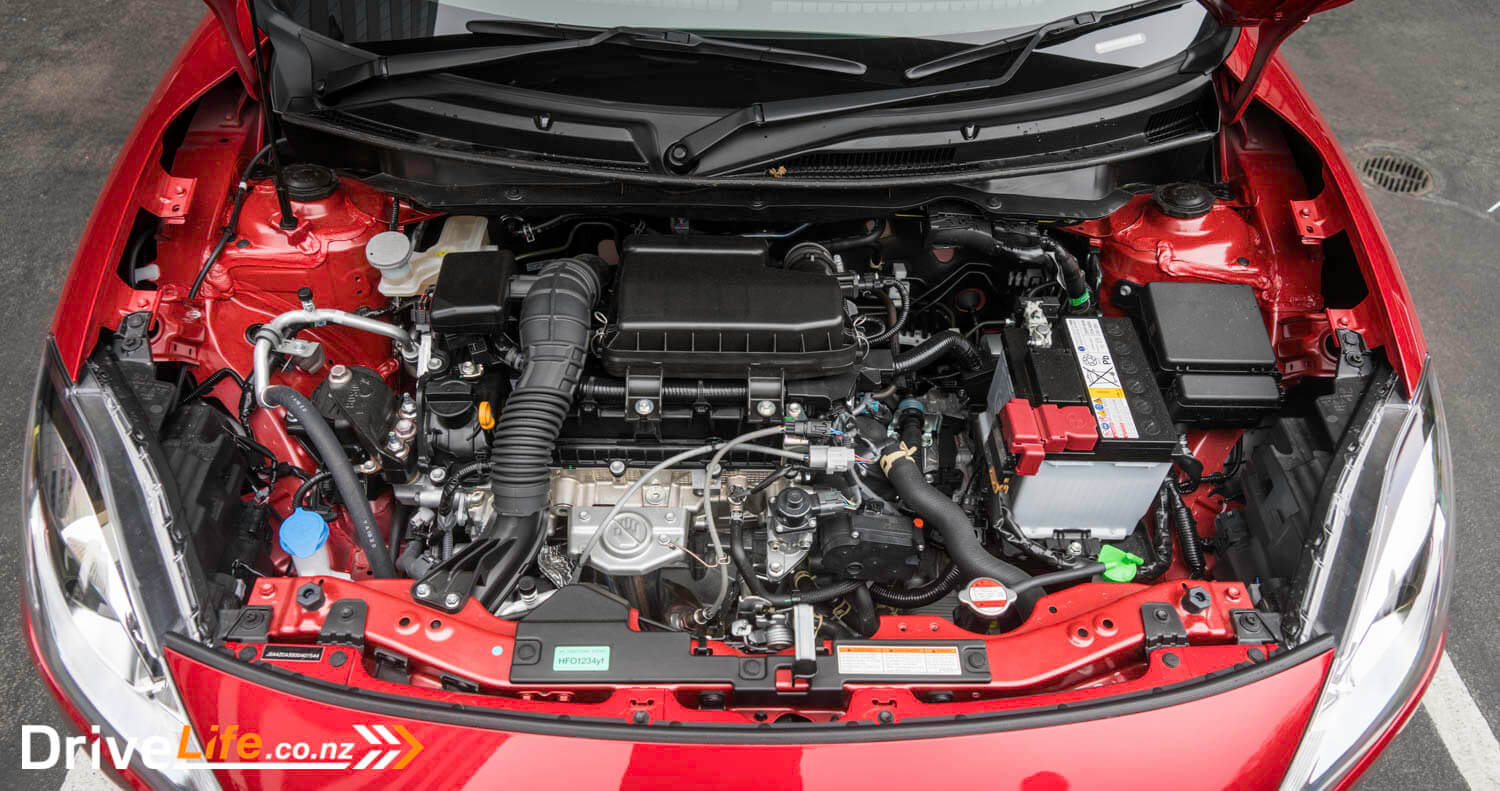
The Swift’s gear shift felt loose when changing gears. For example, when I’m backing out of my driveway and I need to quickly change into Drive because there’s a car coming, the gear slides down the line and sometimes I’m then in Neutral, or I’m in a low gear. It gets really annoying because it slides too easily.

When I picked up the Yaris and drove off, the first thing I thought was ‘yep, this is a hybrid car’. It was quiet when you turned the car on, it was quiet when you drove off and this time I could actually tell I was in EV mode with the separate indicator on the dash. I even could be going at 80km/h and I could be in EV mode. This was dependent on how hard you pushed down on the accelerator. It was great not having a certain speed where the EV mode would stop.

The Yaris actually has an EV mode button on the centre console, so you can force the car into EV mode, or Charge mode if you want to give the batteries a boost, and like the Prius, has a B mode as well, so you can get extra charge into the batteries when going down a hill, or slowing down.
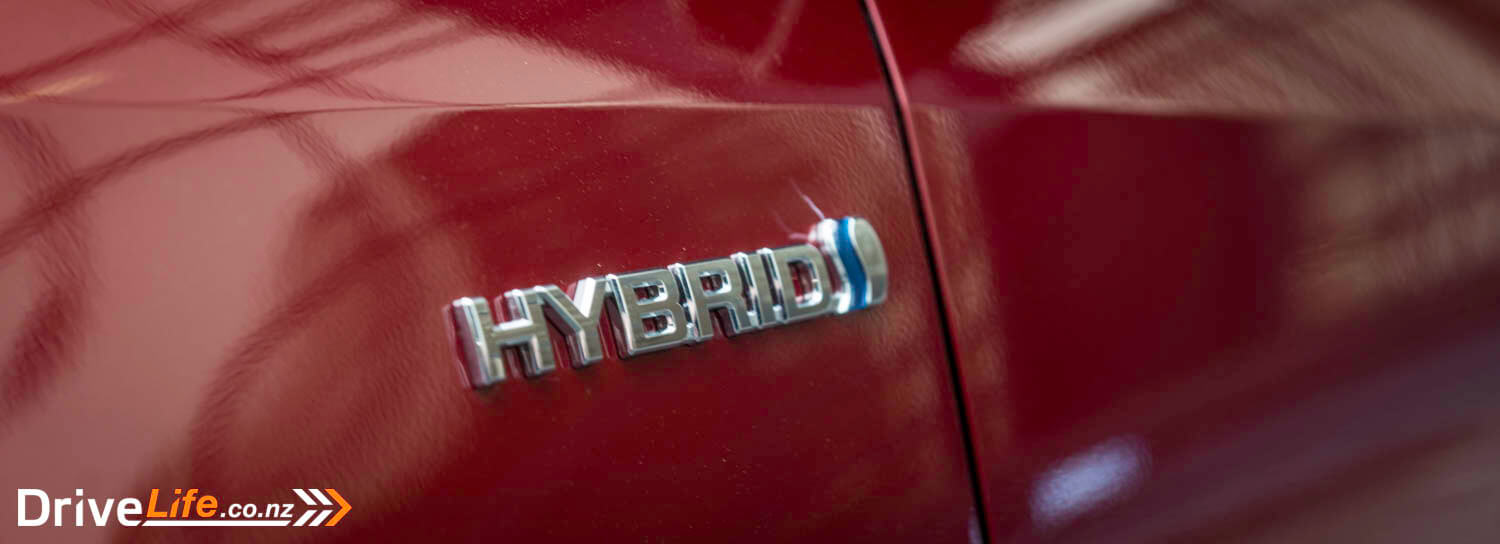
Both the Suzuki Swift Hybrid and the Toyota Yaris Hybrid drove smoothly, and they both gave me enjoyable rides. Going uphill, around tight corners and through the slim streets of Wellington showed no weakness or struggles in the Hybrids.
However, the road noise for the Suzuki wasn’t the best. With the engine already being a bit too loud it just added to the noise you had to put up with, especially on the motorway. Admittedly, the Yaris was just as bad for engine noise.
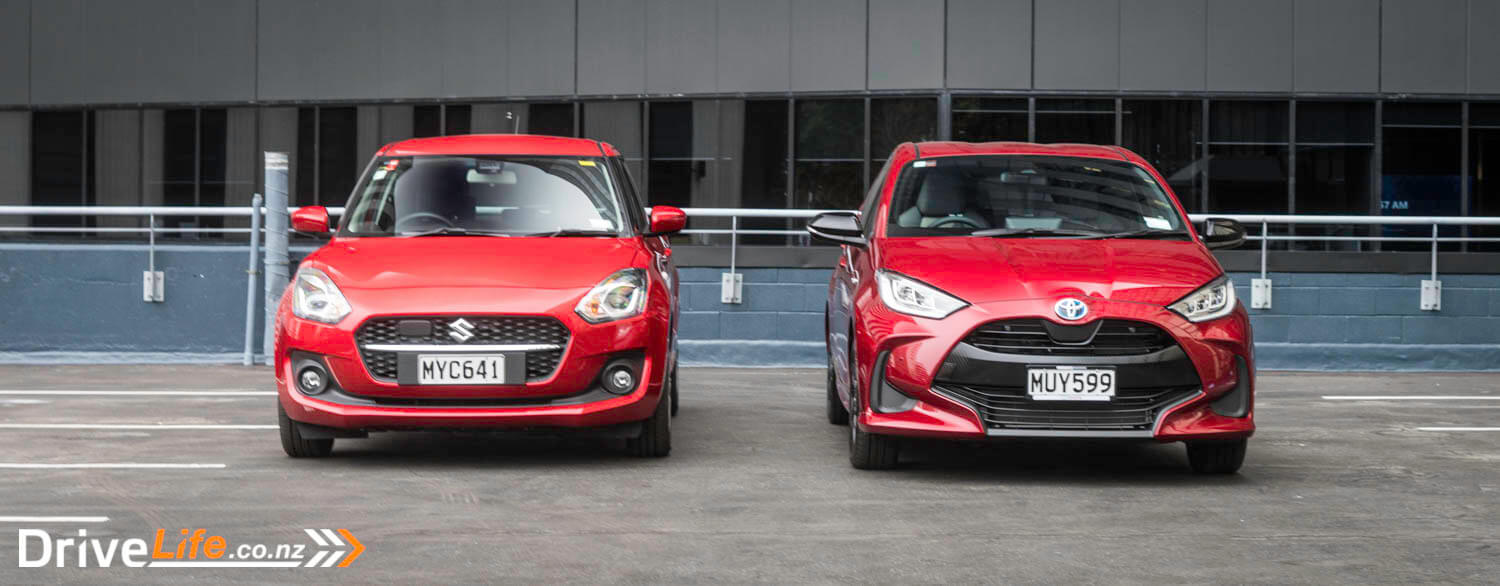
The Yaris had very intense safety systems installed. If you went between 5 to 10km/hour over the speed limit, it would verbally remind you to obey the road rules. This is great to a point, but after a while it got repetitive and annoying. I can definitely see where Toyota is coming from to install this as a safety procedure, but being in the middle of the conversation with someone and the reminder going off can get a little frustrating, such as when the system has not picked up a speed limit sign correctly.
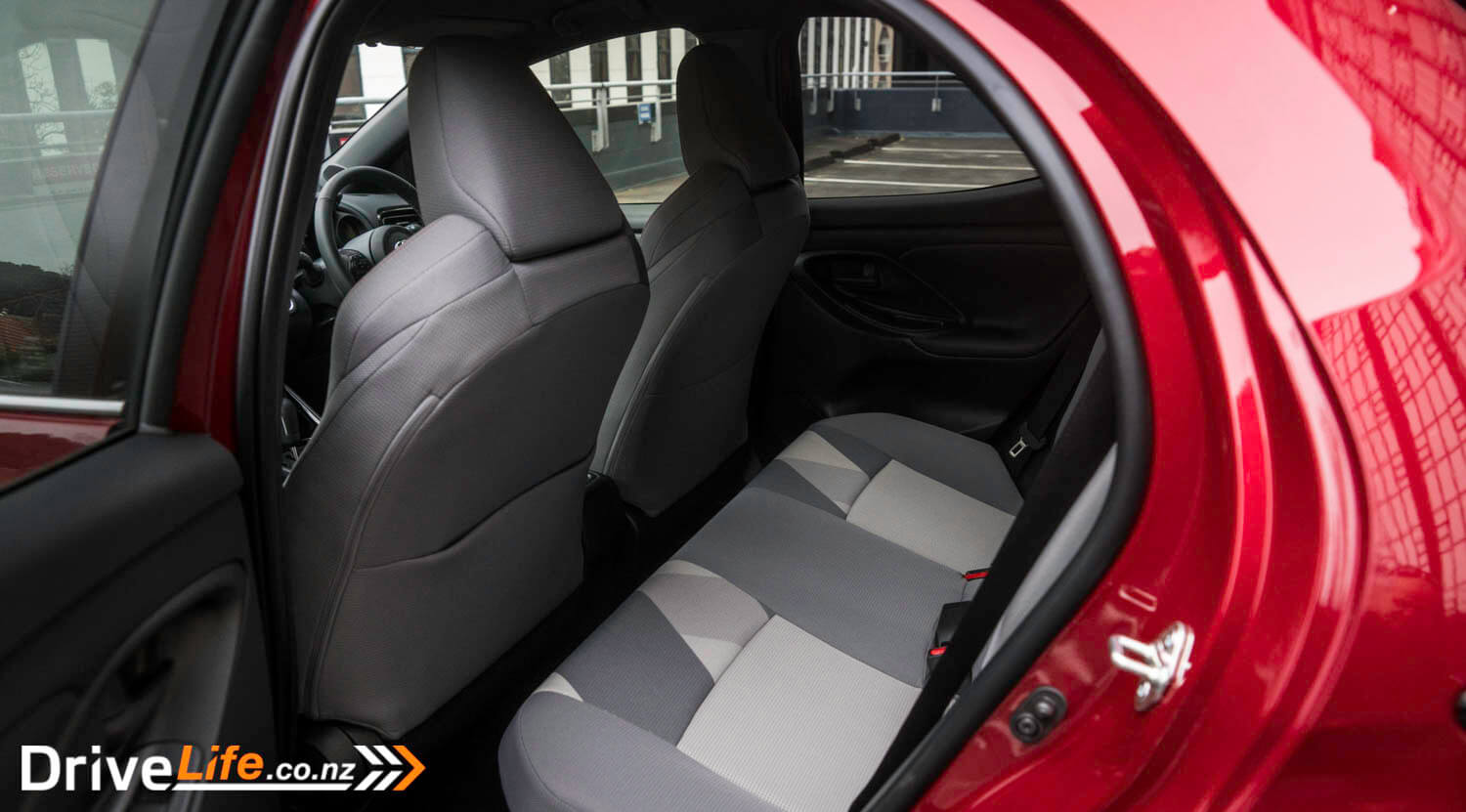
I also found with the Yaris there is a lot of beeping noises for different things, which again, can get irritating. For example, I was driving down a hill where it curves around a corner to the flat. Cars usually park around the curve and when I was driving down, it beeps really loudly and a notification pops up saying ‘BRAKE!!’ which was a bit alarming. This happened a few times as I live in Wellington where there are many tight roads and cars parked wherever they can. I guess you could say Yaris has safety under control.
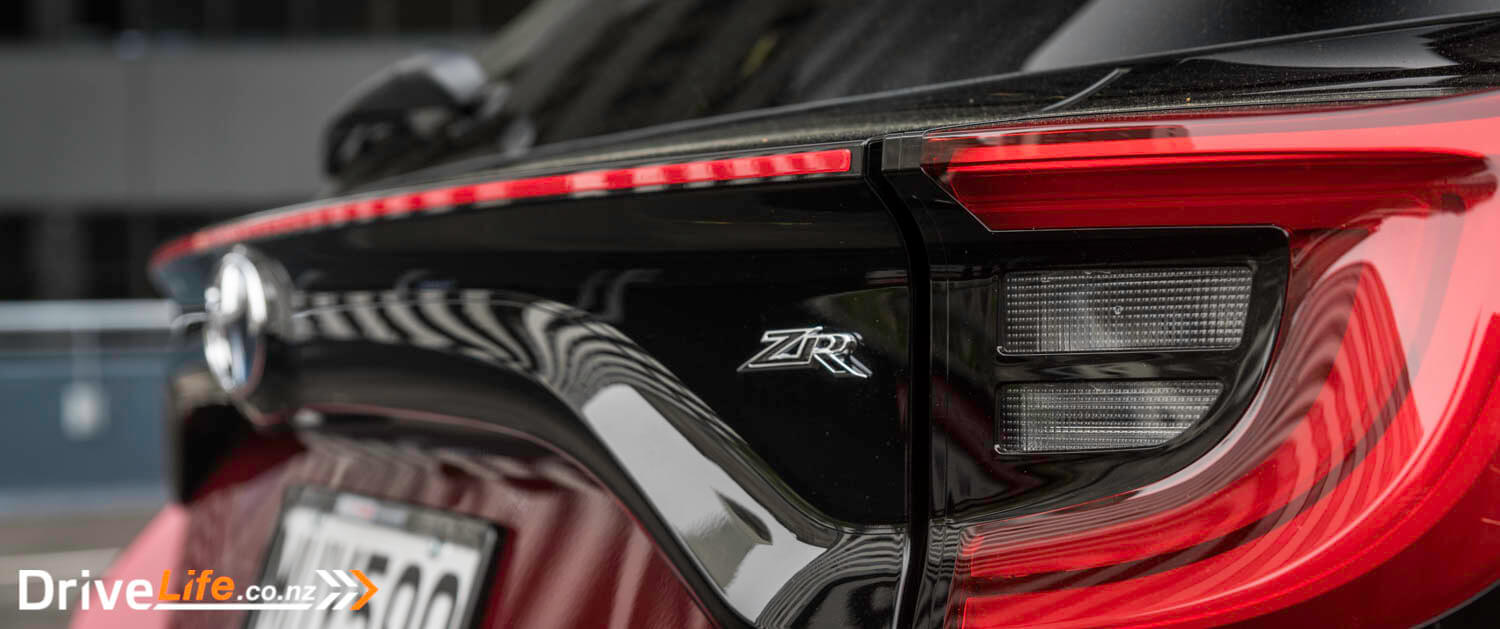
For the life of me in the Suzuki, I couldn’t get the music to play from my own phone. All Spotify users will understand the pain of trying to connect our phones to the car and music won’t play. This really highlighted the need for Spotify compatibility with cars. If you have iTunes or music properly downloaded on your phone, it will work fine. The Suzuki is not really compatible for iPhone users as it disconnects each time you leave the car. Who knows, it could be Apple, but using a cable every time to play music just adds to the things you need to do every time you are in the car.

The Yaris on the other hand had no problems connecting to Bluetooth and playing music. It was easy to connect and stayed connected even when I left the car, and then got back in.
The Suzuki rear door handles are placed at the top side of the door. All of my passengers trying to get into the back seat were confused on how to open the door. The Yaris’ rear doors, which do have the door handle in the normal place, don’t open as wide as the Suzuki’s which has created a little struggle for my passengers getting in and out. Still, at least they could find the handle.
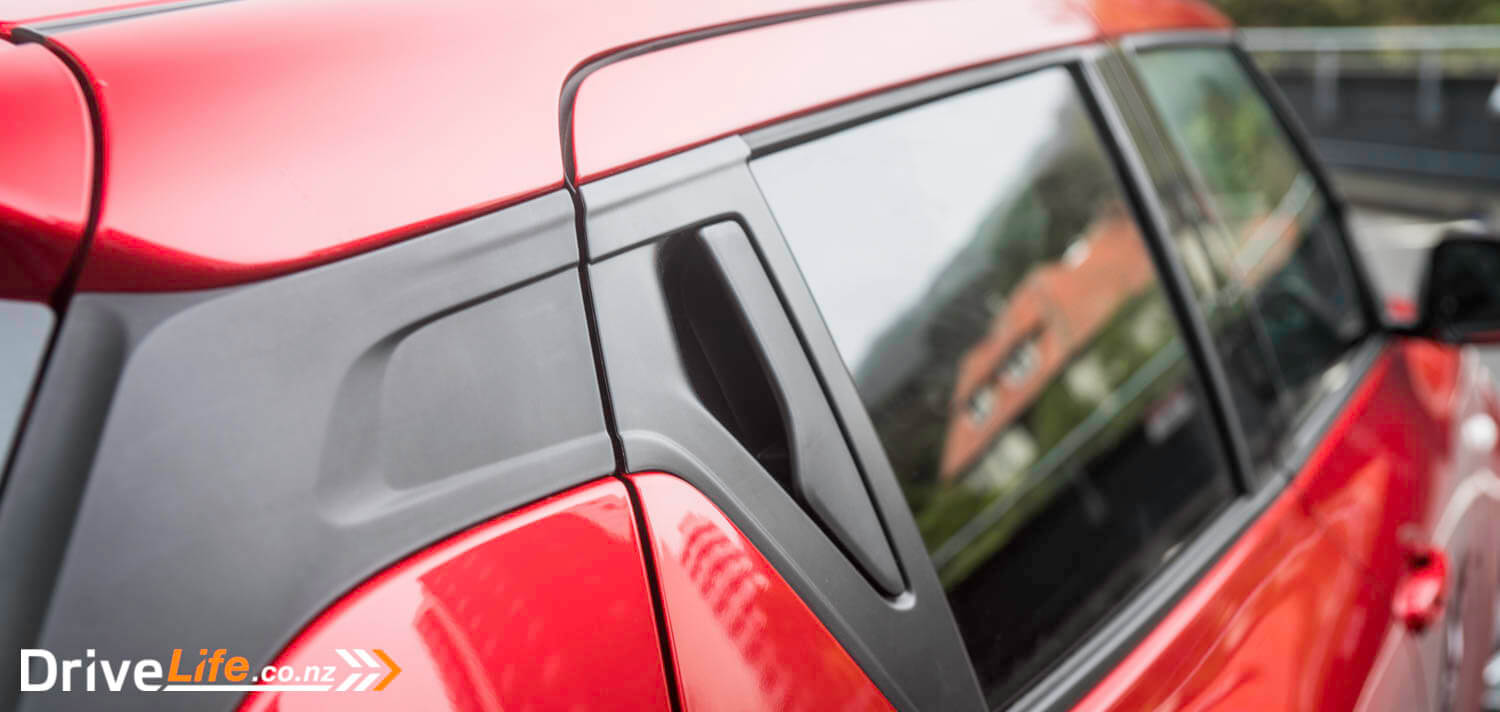
Both cars came with Apple CarPlay and Android Auto which is great considering their low prices. The one minor but also really inconvenient feature is when you press the speak button, it answers with the car and not for Apple CarPlay. For both the Yaris and the Suzuki it became really frustrating, especially when I wanted to make a note about something. I would have to try saying ‘Hey Siri’ to which she had trouble hearing me and ended up making 5 blank notes on my phone.
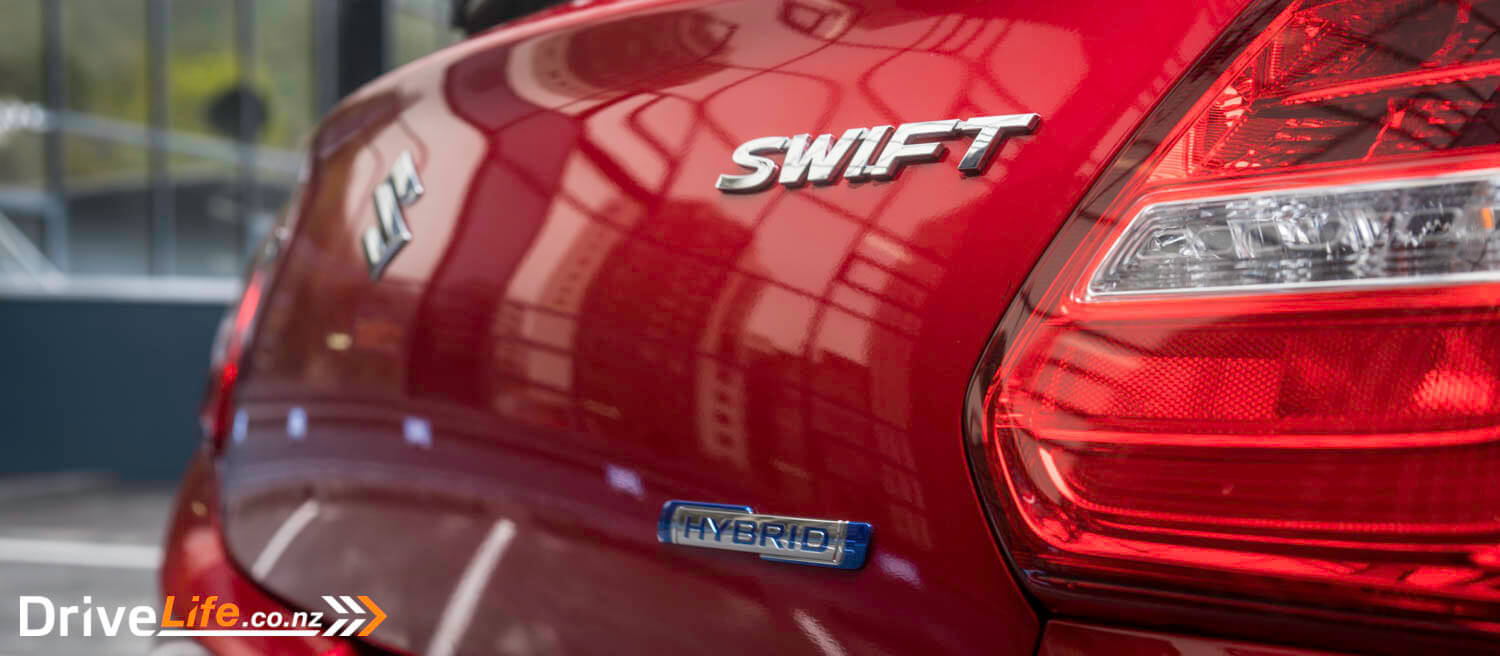
I’ve saved fuel economy to last. Let’s be clear; buyers will go to these respective models to save fuel, or reduce their emissions, and often both of those things. So fuel economy – and if that’s lower, should equal lower emissions – will be top of their buying minds.
I drove both cars around 600km, and the Swift Hybrid gave me 5.4L/100km. That’s quite a lot more than what Suzuki suggests, which is 4.1, and I expect Wellington’s hilly roads were the reason. Toyota says the Yaris Hybrid should get 3.3L/100km, which is quite a bit less than the Suzuki, when you are talking such low numbers. During my testing of the Yaris Hybrid, I got 4.0L/100km. Still more than Toyota says, but a lot less than the Swift. The real cruncher is in that comparison, 5.4 vs. 4.0; that makes the Toyota Yaris Hybrid 25% more fuel efficient than the Suzuki Swift Hybrid in our real-world test.
Let’s dig into the figures. Using Suzuki’s suggested numbers, we’d be saving 0.5 litres per 100km of driving, since they say the non-hybrid Swift uses 4.6L/100km. At current fuel prices, that’s around $1 per 100km saved. There’s no LTD version of the non-hybrid Swift, so comparing to the top-spec non-hybrid would mean the RS model, at $27,990, so that is a $500 premium for the hybrid version. It’s your decision if this is a worthwhile saving, but this does mean you’d have to drive 50,000km to get your $500 back in fuel savings. You should have reduced emissions on top of this, so hopefully that helps lessen the pain. Note though, while we have said $1 saved per 100km, the Swift Hybrid requires 95 octane petrol.
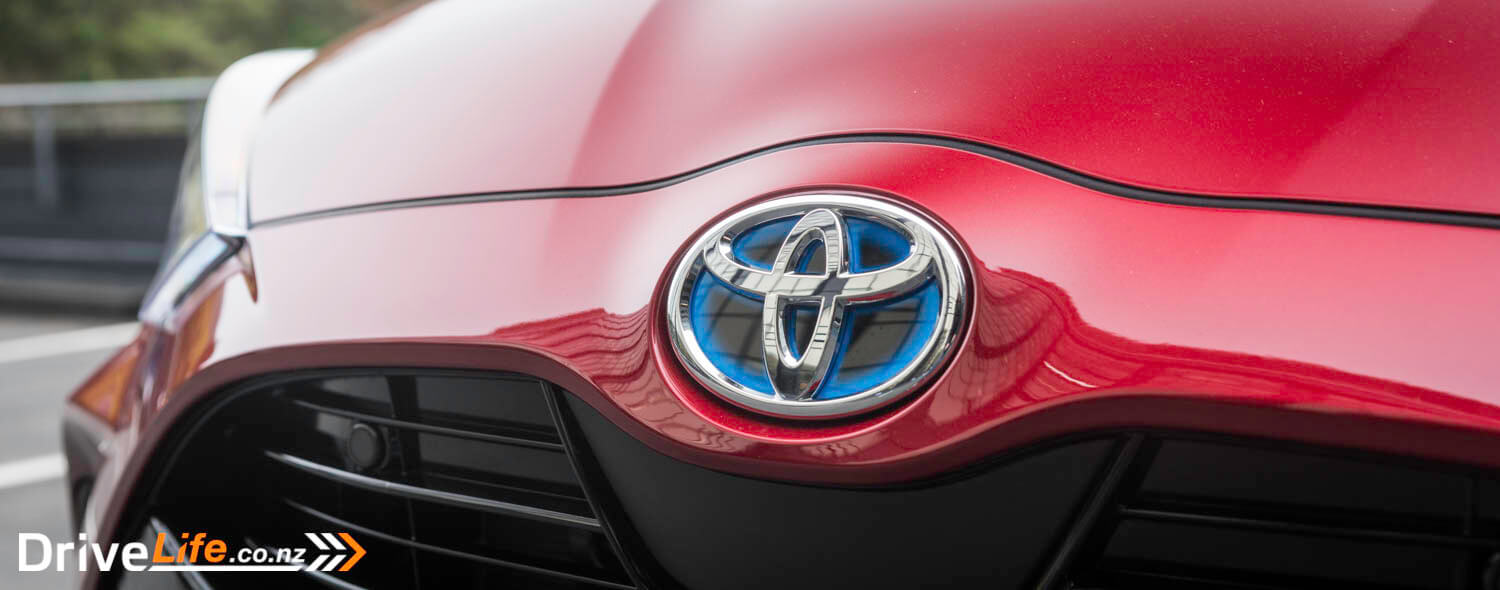
So what about the Yaris Hybrid? As mentioned, fuel economy in the Toyota Hybrid was way better than the Swift. Actually going fully electric at times while driving normally made me feel confident I was saving fuel. Sticking to Toyota’s suggested numbers, they say it should give you 3.3L/100km. The retail price on the Yaris ZR Hybrid is $32,990, while the RRP on the non-hybrid Yaris ZR is $29,990, so a $3,000 premium. Toyota says combined fuel consumption in the non-hybrid Yaris ZR is 4.9L/100km, saving 1.6L/100km. Using the same fuel cost as the Swift, that means a payback mileage of 187,500km, since the premium over the equivalent petrol model is so much more than the Swift. That’s a whole lot of driving just to break even on the petrol ZR Yaris compared to the hybrid ZR Yaris.

What’s The Competition For The 2020 Toyota Yaris Hybrid And Suzuki Swift Hybrid?
| Brand/Model | Engine | Power/ Torque kW/Nm | Cargo capacity, litres | Fuel consumption, L/100km | Price |
| Kia Niro | 1.6-litre, 4-cylinder | 77/147 | 401 | 3.8 | $39,990 |
| Toyota Yaris Hybrid ZR | 1.5-litre, 3-cylinder | 67/120 | 270 | 3.3 | $32,990 |
| Suzuki Swift Hybrid LTD | 1.2-litre, 4-cylinder | 61/107 | 265 | 4.1 | $28,500 |
Pros – 2020 Suzuki Swift LTD Hybrid
- Interior
- Exterior design
- Spacious
- Drives well
- Apple CarPlay/Android Auto
- Adaptive cruise control
Cons
- Fuel economy
- Gear selector feels sloppy
- Button placement
- Can be noisy
Pros – 2020 Toyota Yaris ZR Hybrid
- Heads up display
- Spacious
- Adaptive cruise control
- Easy screen navigation
- Fuel economy
- Interior
- Exterior
Cons
- Loud when engine is running
- Many beeping noises
- So many switch blanks
2020 Toyota Yaris Hybrid And Suzuki Swift Ltd Hybrid – Specifications
| Vehicle Type | Small five-door hybrid hatchback |
| Starting Price | Suzuki: $28,500 Toyota: $32,990 |
| Price as Tested | Suzuki: $28,500 Toyota:$32,990 |
| Engine | Suzuki: 1.2-litre, 4-cylinder petrol (95 fuel rating) Toyota: 1.5-litre, 3-cylinder petrol (91 fuel rating) |
| Power, Torque kW/Nm | Suzuki: 61@6,000rpm/107@2,800 Toyota: 85@5,500rpm/120Nm@3,800rpm (combined rating) |
| Transmission | Suzuki: CVT Toyota: CVT |
| Spare Wheel | Suzuki: Pump only Toyota: Space saver |
| Kerb Weight, Kg | Suzuki: 946 Toyota: 1,130 |
| Length x Width x Height, mm | Suzuki: 3845x1735x1495 Toyota: 3940x1695x1500 |
| Cargo Capacity, litres | Suzuki: 265/579 Toyota: 270/NA |
| Fuel capacity, litres | Suzuki: 37 Toyota: 36 |
| Fuel Efficiency | Suzuki: Advertised Spec – combined – 4.1L/100km Real World Test – combined – 5.4L/100km Toyota: Advertised Spec – combined – 3.3L/100km Real World Test – combined – 4.0L/100km Low Usage: 0-6 / Medium Usage 6-12 / High Usage 12+ |
| Towing Capacity Kg, unbraked/braked | NA |
| Turning circle, metres | Suzuki: 9.6 Toyota: 9.8 Small: 6-10m / Medium 10-12m / Large 12m+ |
| Warranty | Suzuki: 3 Year warranty + 2 extra years powertrain warranty 5 Years Roadside Assist Toyota: 5 Year warranty 5 Years Roadside Assist 5 Year WoF 5 Years capped price servicing Hybrid battery – 8 years/160,000km |
| ANCAP Safety Ratings | Suzuki: 5 Star Toyota: 5 Star |
SCORING TABLE
| CATEGORY | SWIFT | YARIS |
| Economy | 6 | 8 |
| Interior | 6 | 8 |
| Performance | 7 | 7 |
| Safety | 7 | 8 |
| Styling | 6 | 6 |
| Value | 7 | 7 |
| TOTAL | 39 | 44 |
| AVERAGE | 6.5 | 7.3 |
So, who is king? Is it the Suzuki Swift Hybrid or the Toyota Yaris Hybrid? Both have their benefits and highlights but they also require improvements. Both drive exceptionally well for their small size and come at a reasonable price.
At the end of the day, Toyota’s experience in designing hybrids will take the lead. Toyota has been building hybrids for over 20 years, and it shows, but I do have to give credit to Suzuki for taking the next step in creating more environmentally friendly and economical cars. The Suzuki Swift Hybrid stayed true to their brand with their design and for anyone who likes Suzuki’s car range will love this car. For me, it’s up to personal preference of brand over functionality.
But as far as a small hybrid car goes, the Toyota Yaris wins in the head-to-head competition – for now, at least.
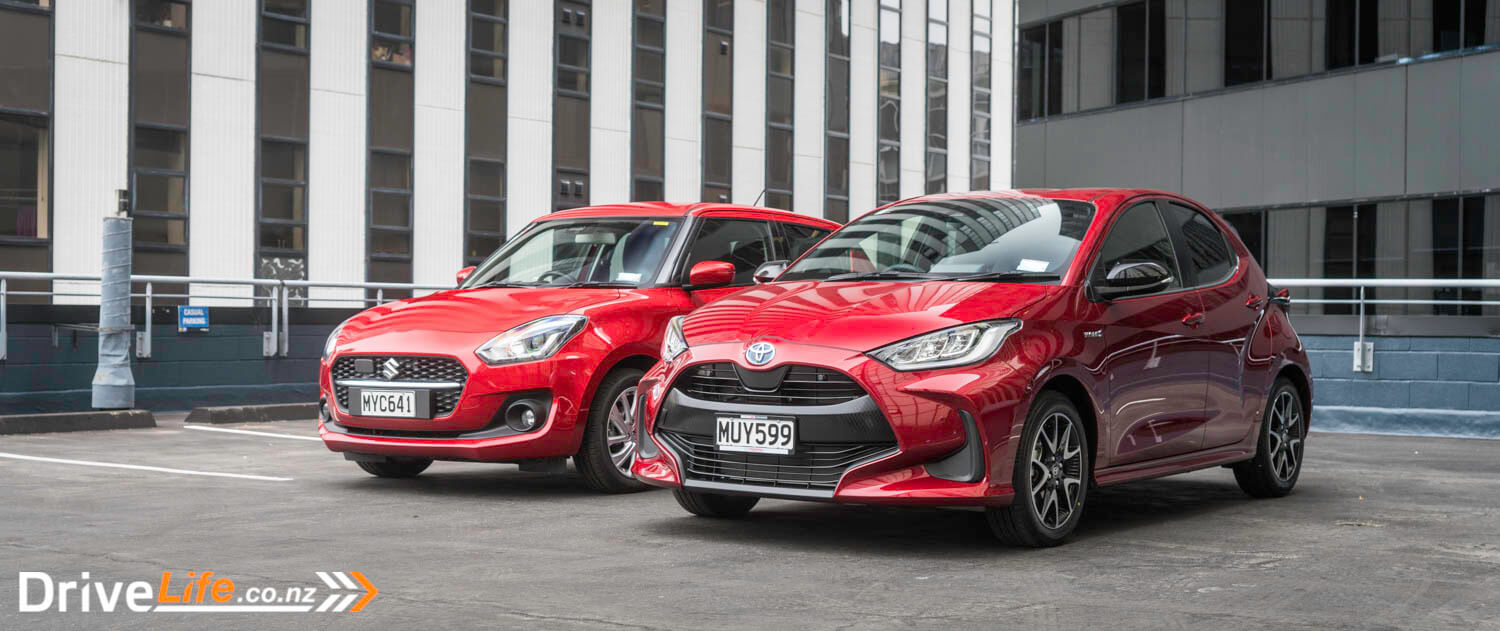


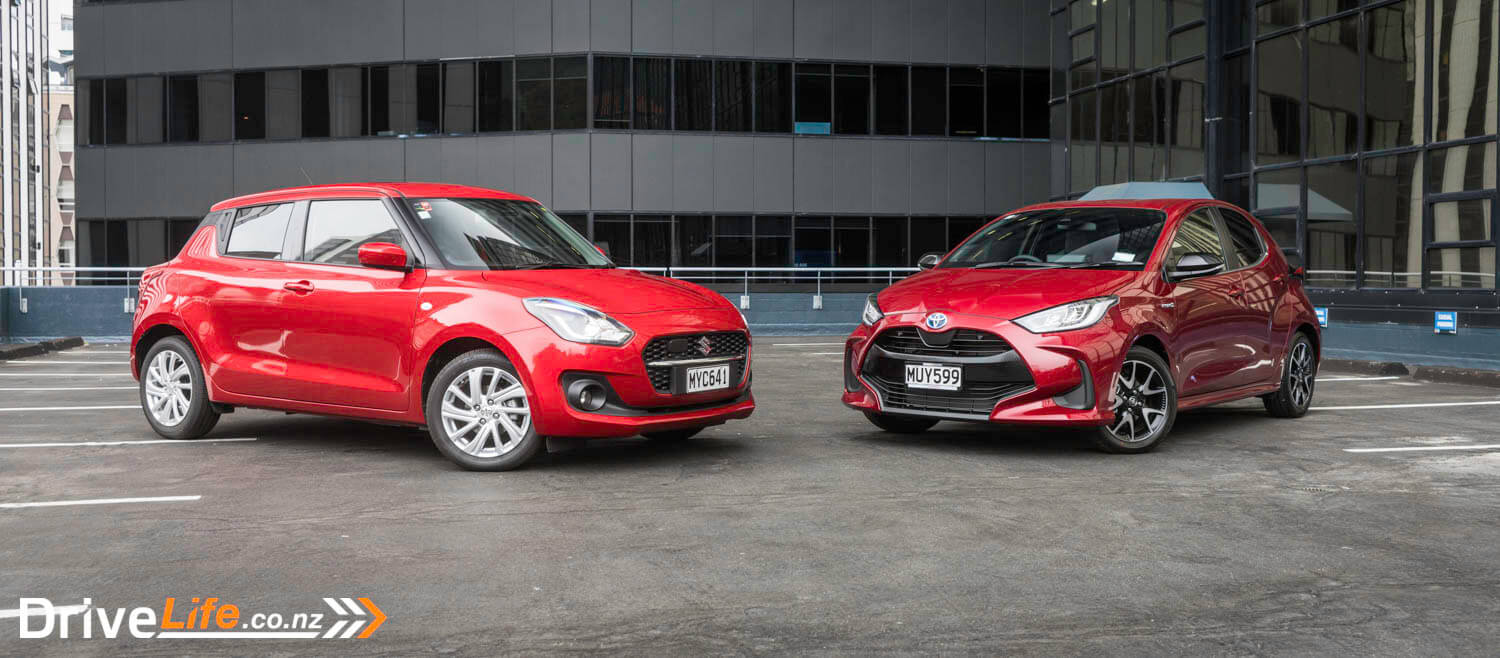
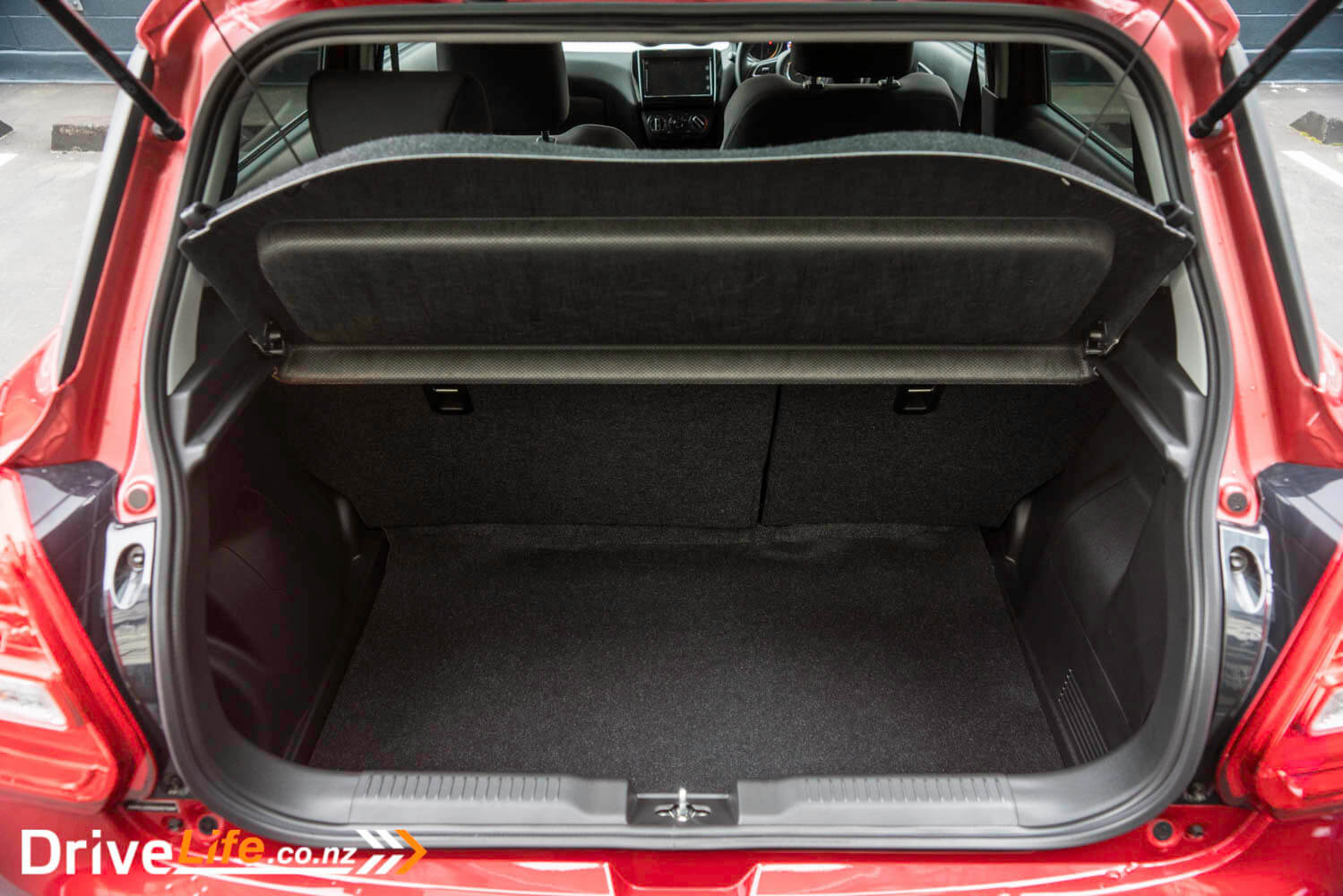
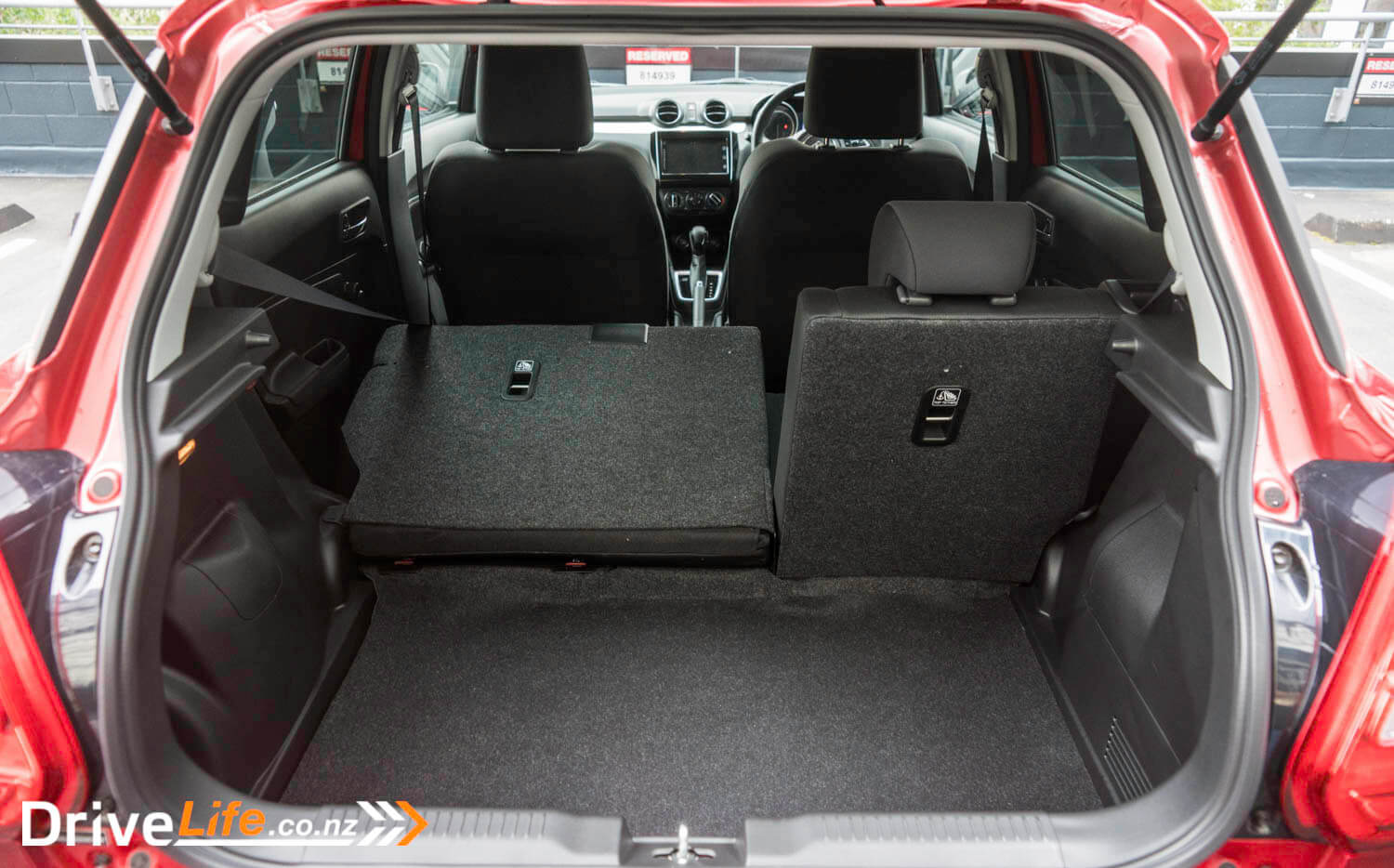
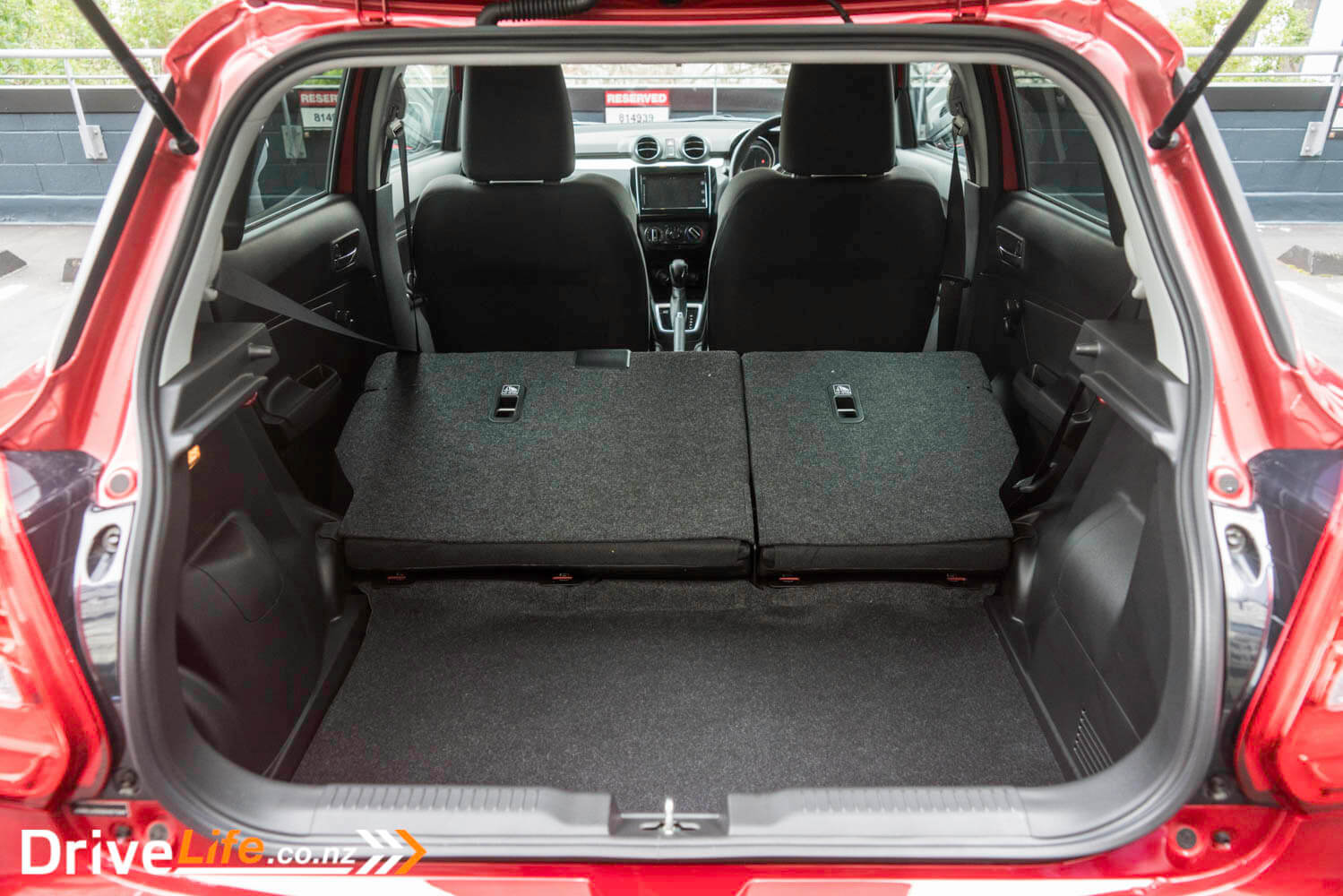
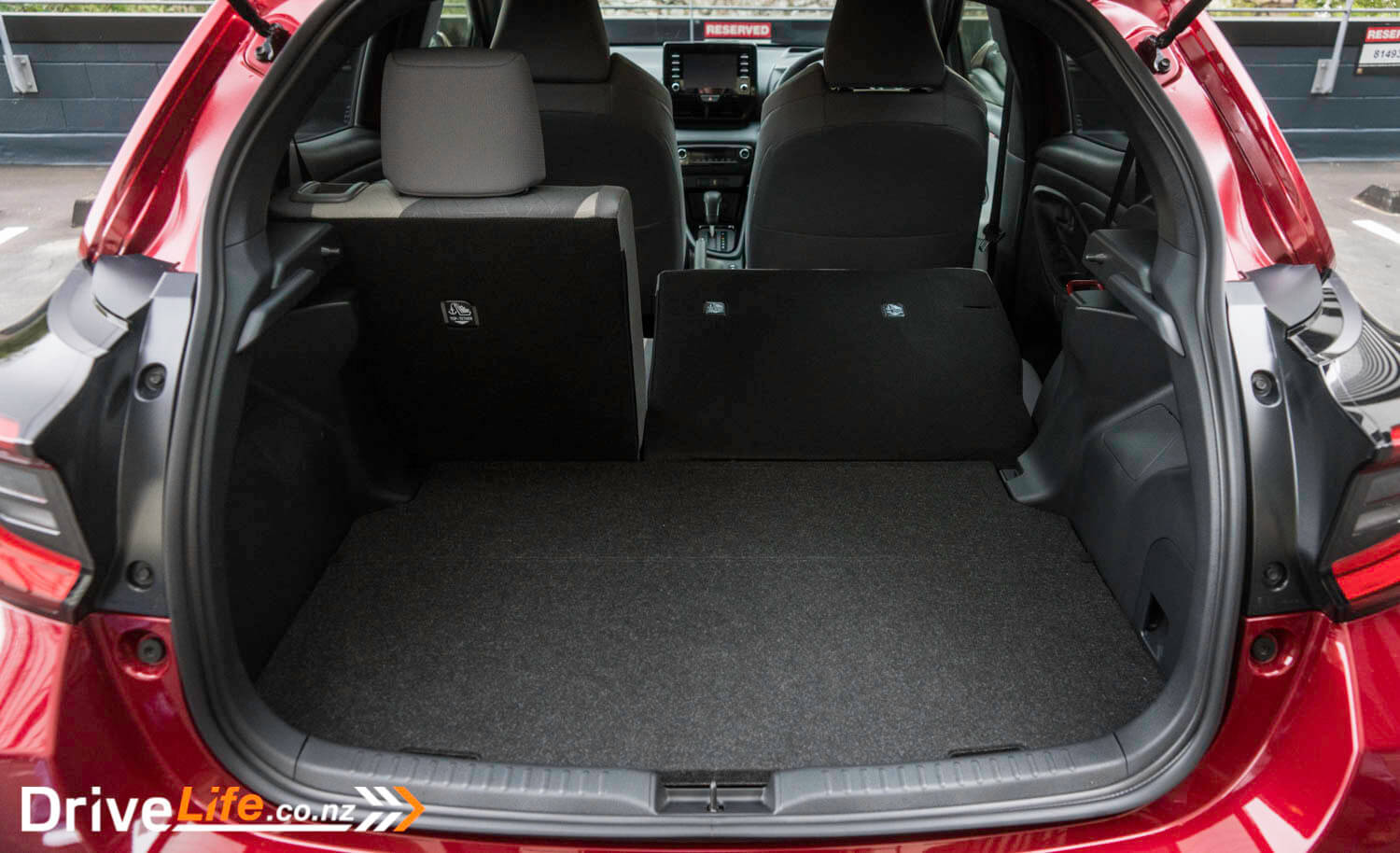
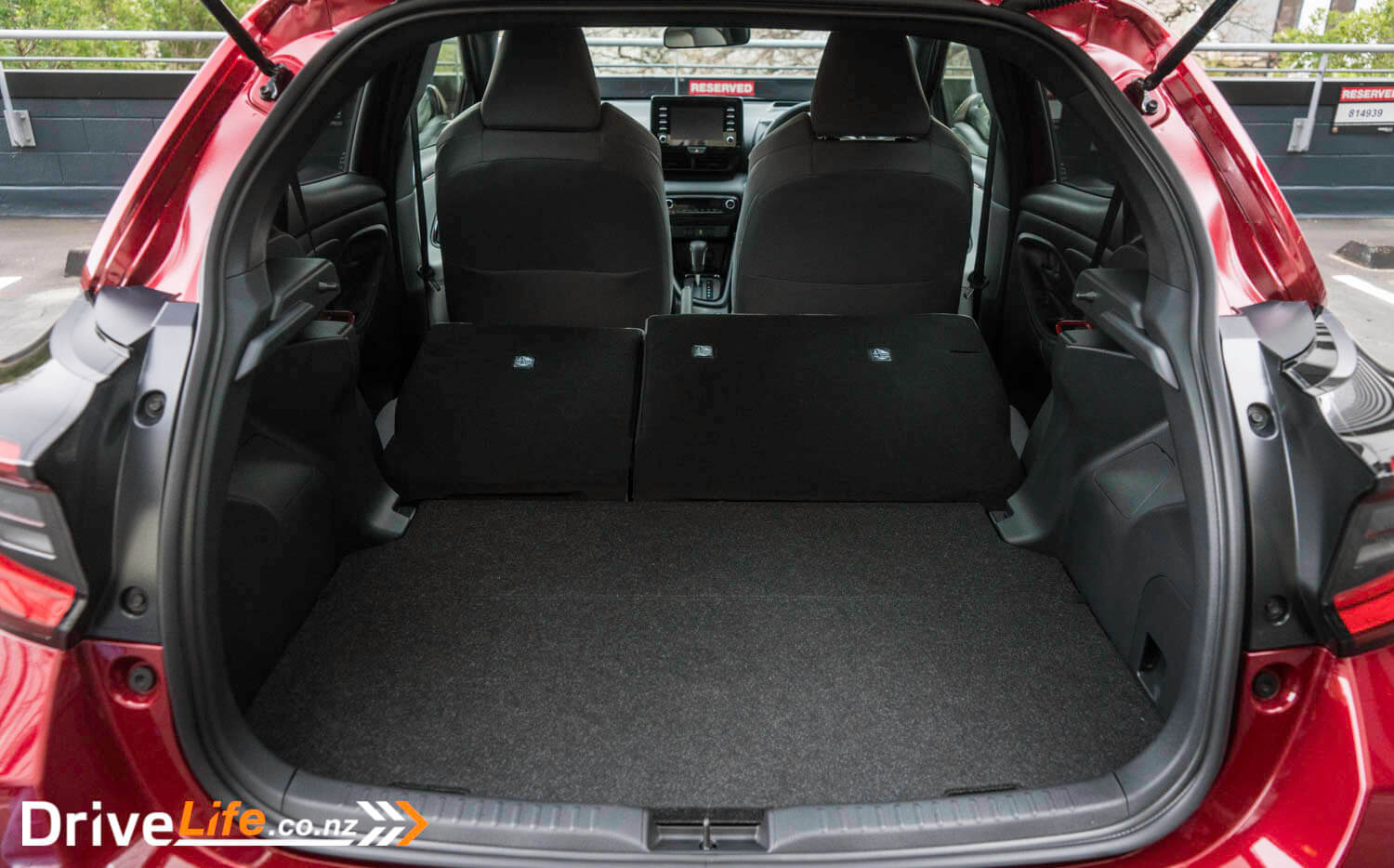
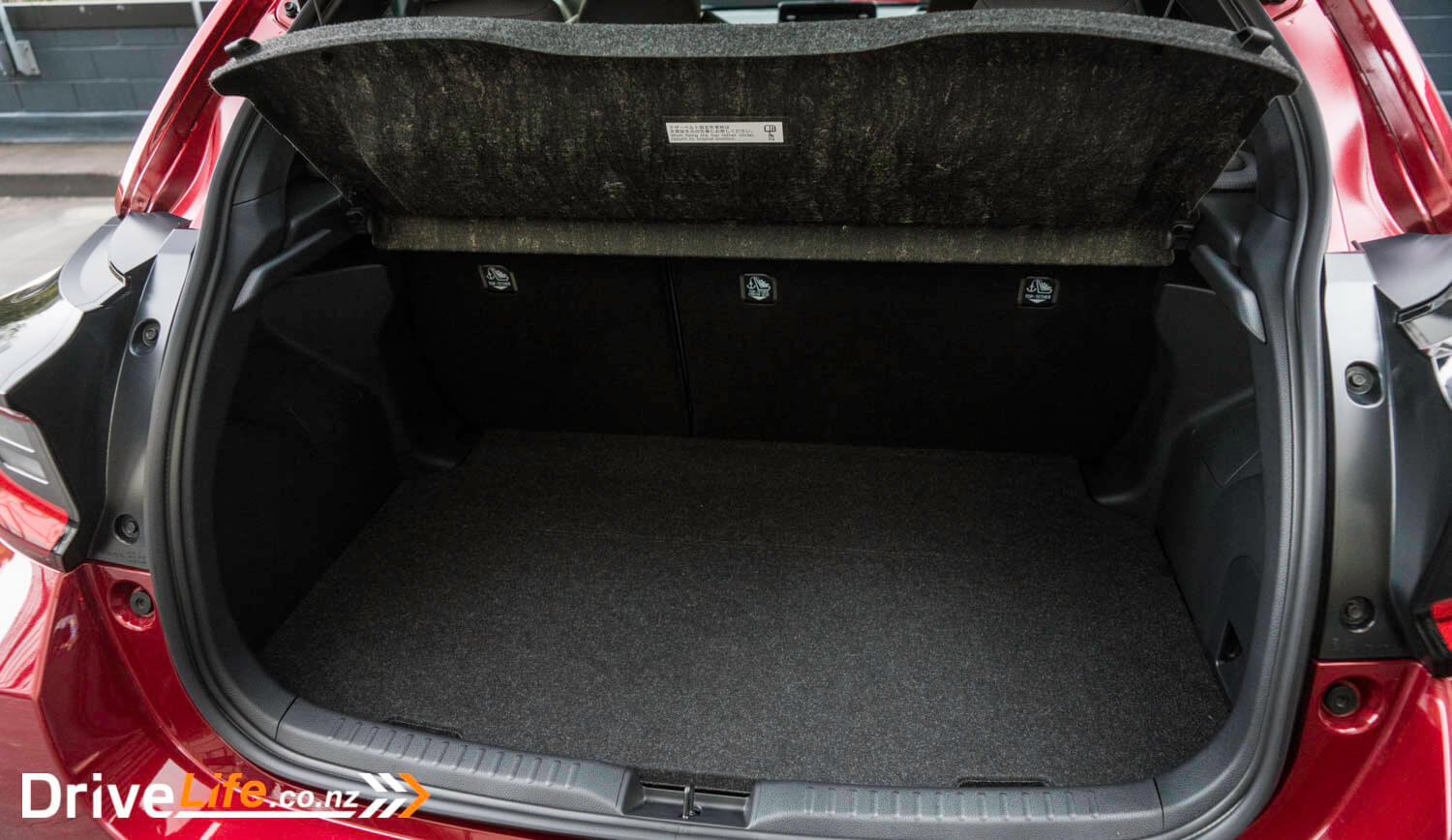
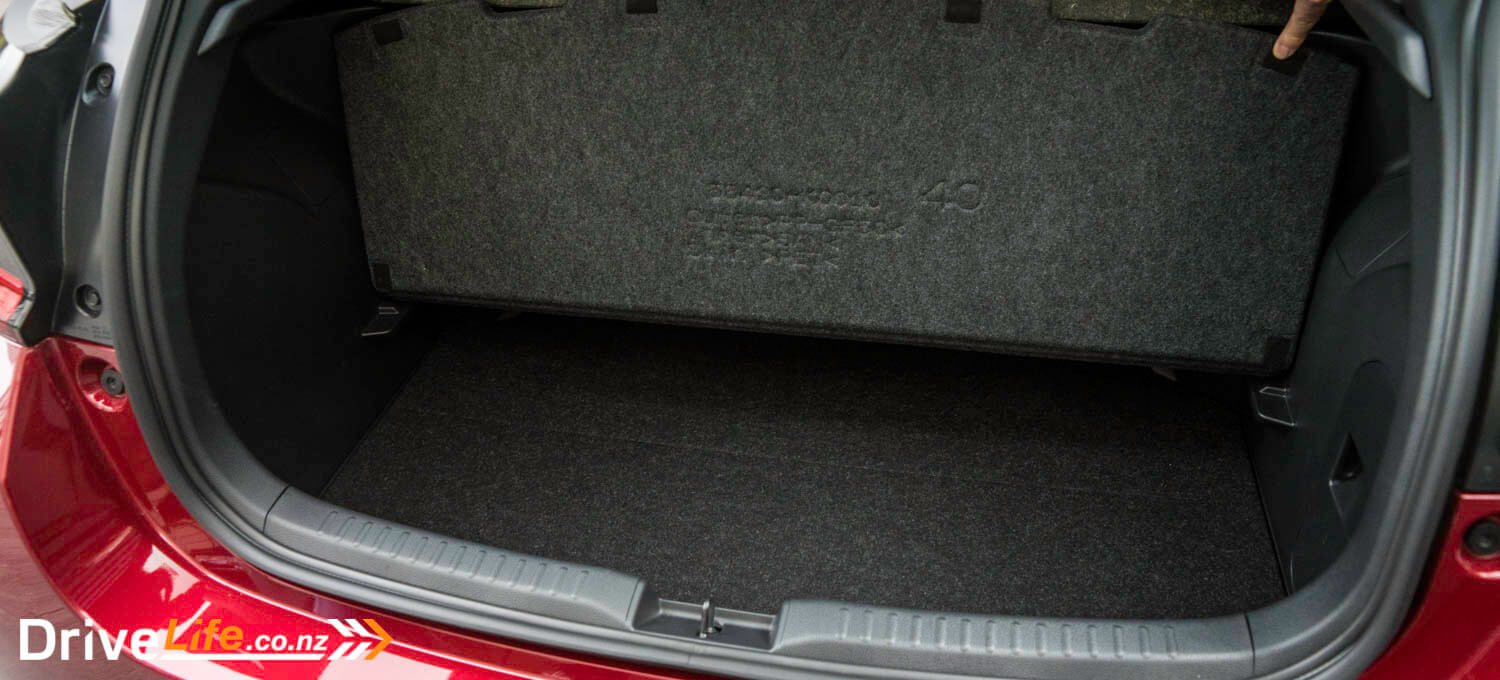
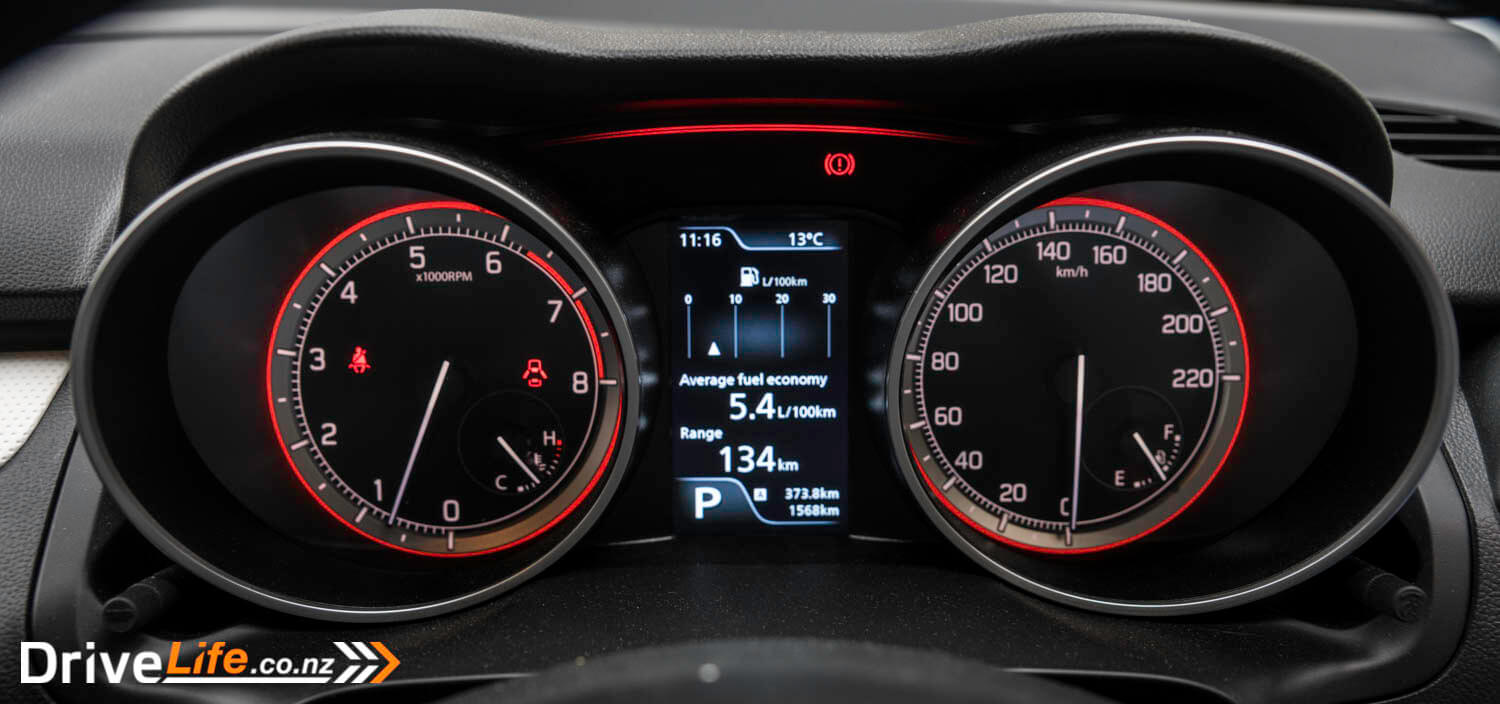
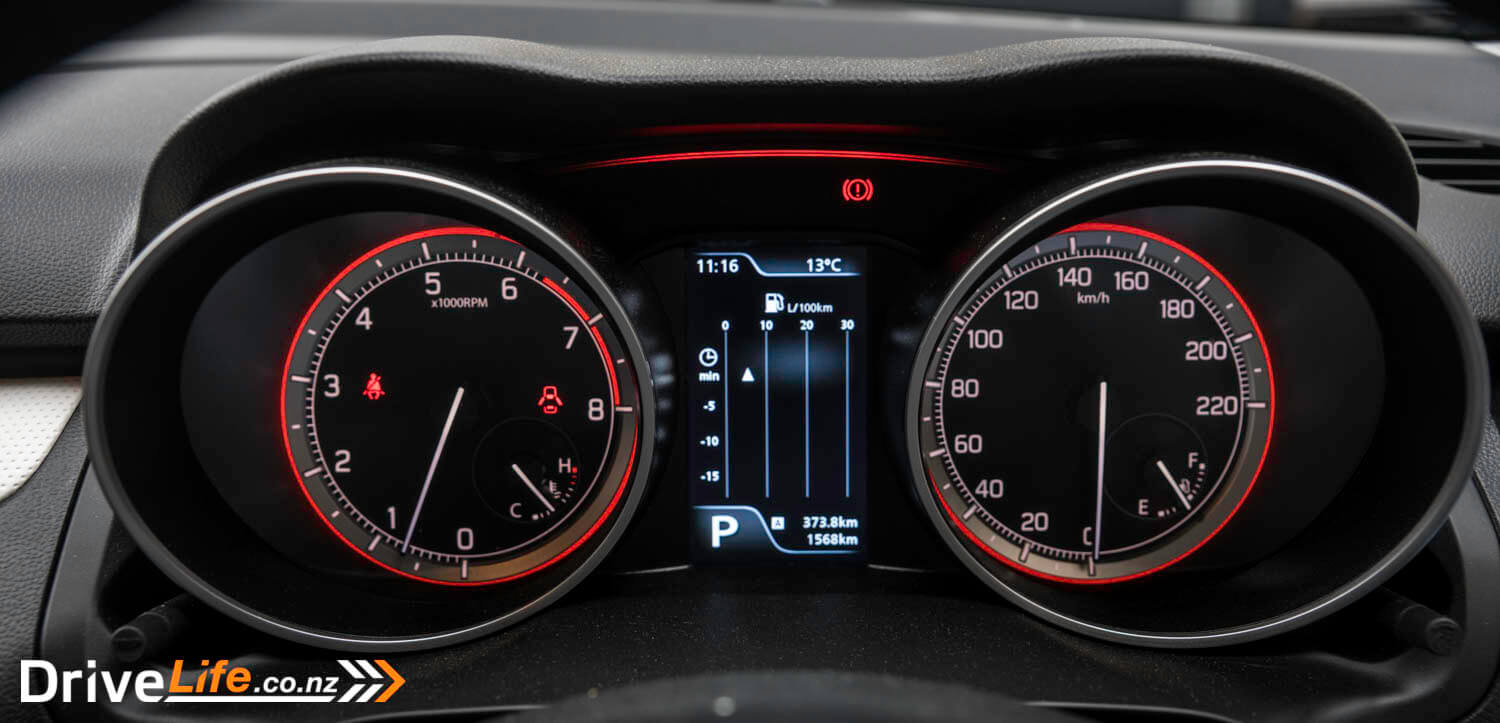
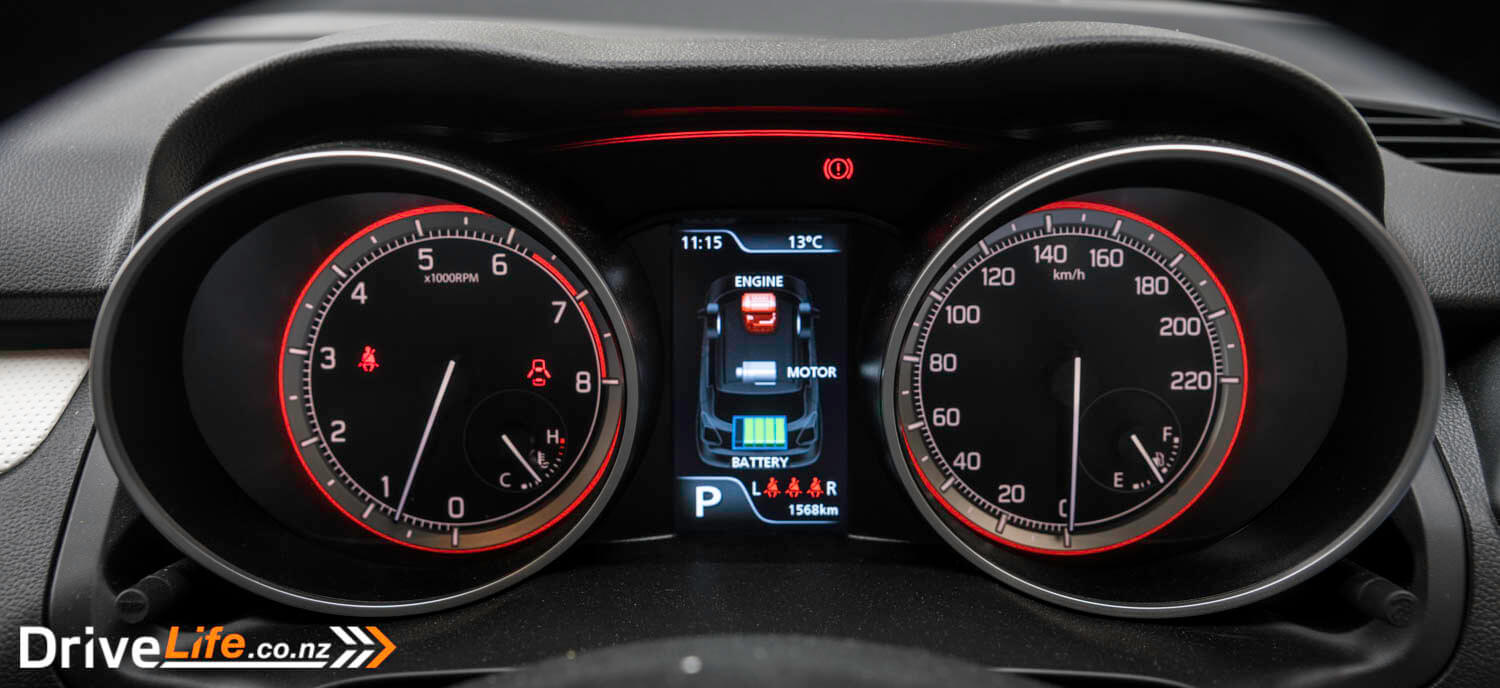
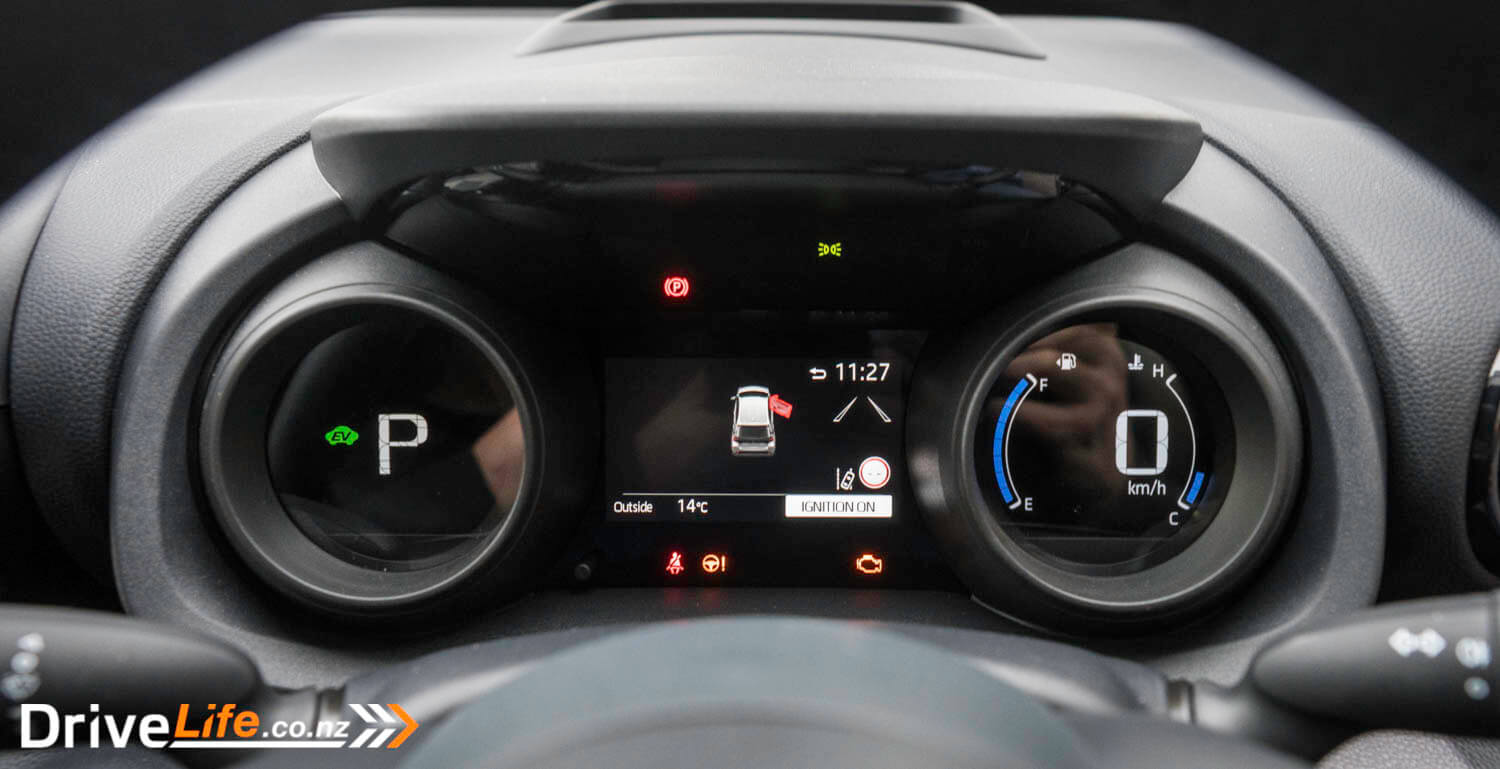
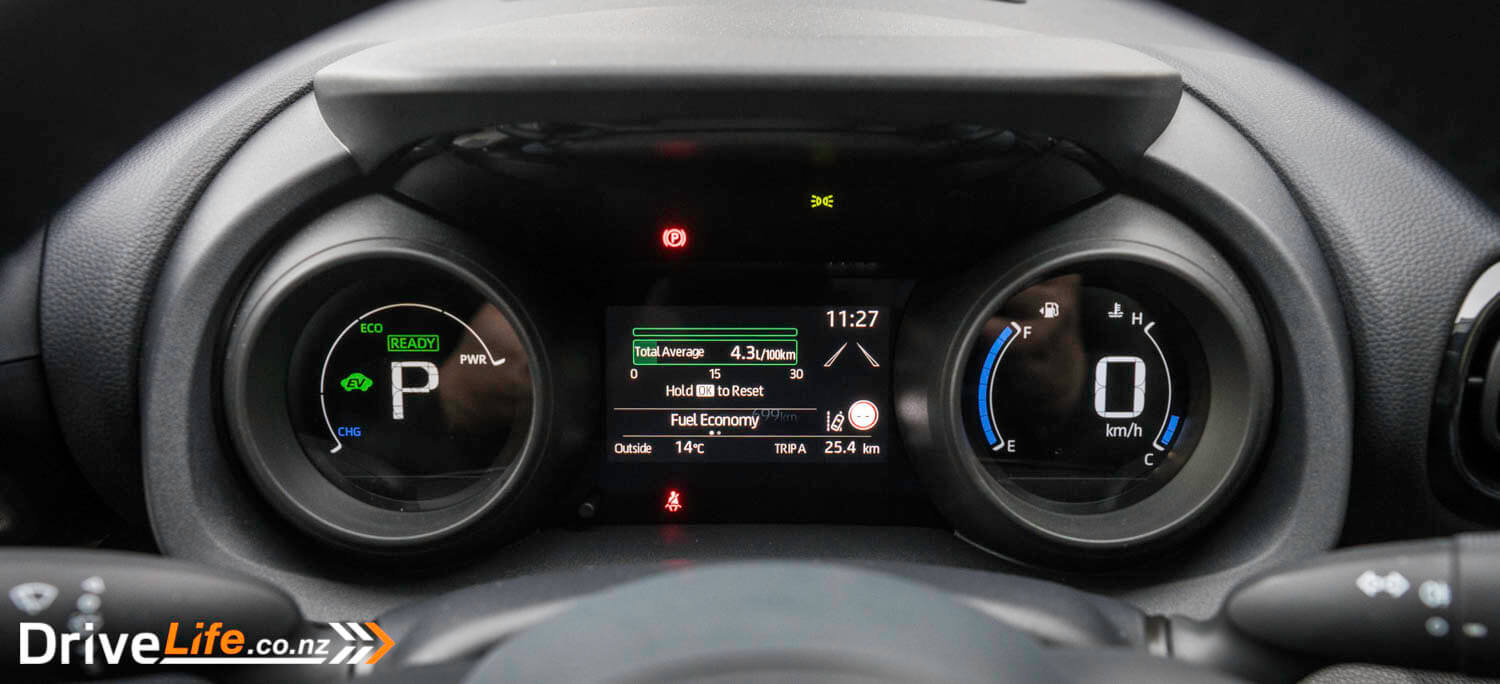











































Really useful. I own a Suzi swift sx4 , am investigating yaris zr hybrid. Very interesting and well worth the read. Thanks.
In Athens, Greece I can easily drop the consumption under, well under sometimes, 5 lt/100km with my Swift. And it is a chaotic city with a lot of steep hills as well. Usually I go round 4,8 sometimes 4,6. Sometimes driving 6-7 kilometers on a flat road from the gas station to my home I can see the consumption dropping to a whopping 3,6 lt/100 km! 6.000km in the odometer so far. I am more than satisfied. By the way on a pure Android phone (no heavy skins) I have no problems with Bluetooth and/or Spotify or Android Auto. Flawlessly.
disappointed in the fuels stats for these hybrid mini hatches. I honestly thought they would be better. My partner has a 2011 Jazz 1.3 Manual, I did a 350km trip last week and got about the same economy as both these and the Jazz Hybrid. I do drive gently I will admit, but then its on public roads and not round Manfield.
My Subarus 2L Diesel is even better, on a long run I get 4.5L per 100km, and have a vehicle that on the weekend can tow the race car to the track.